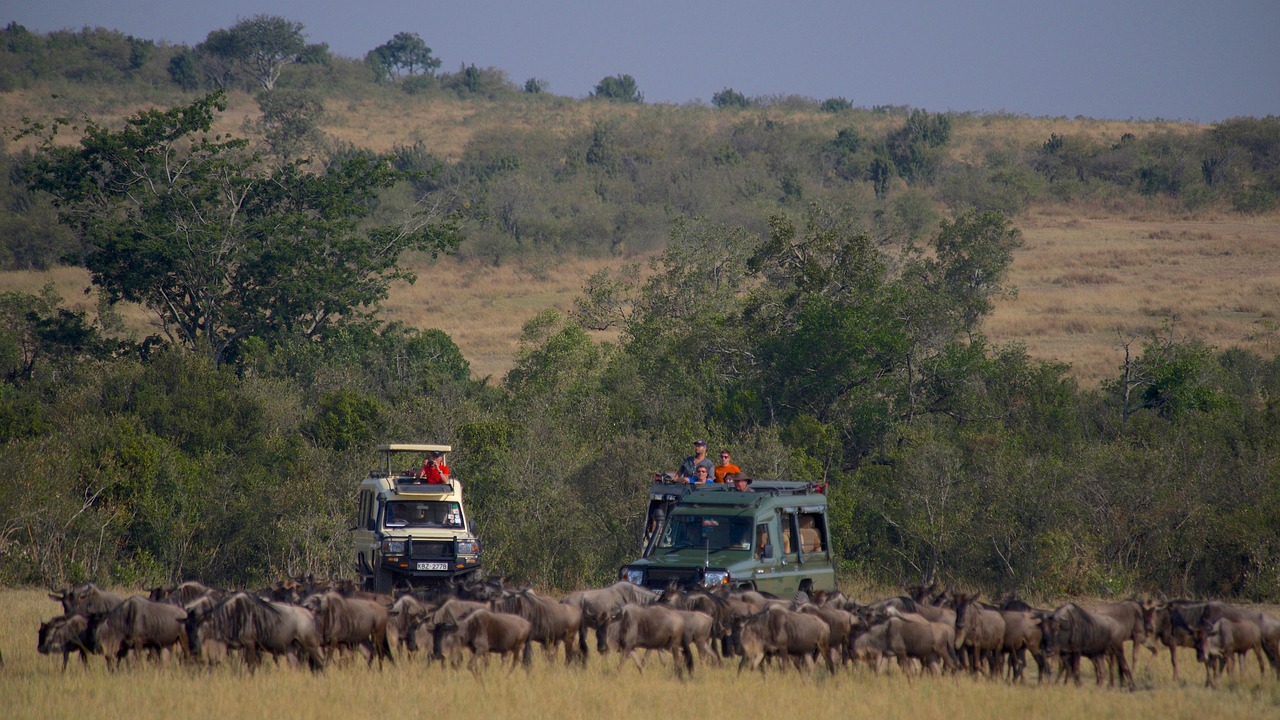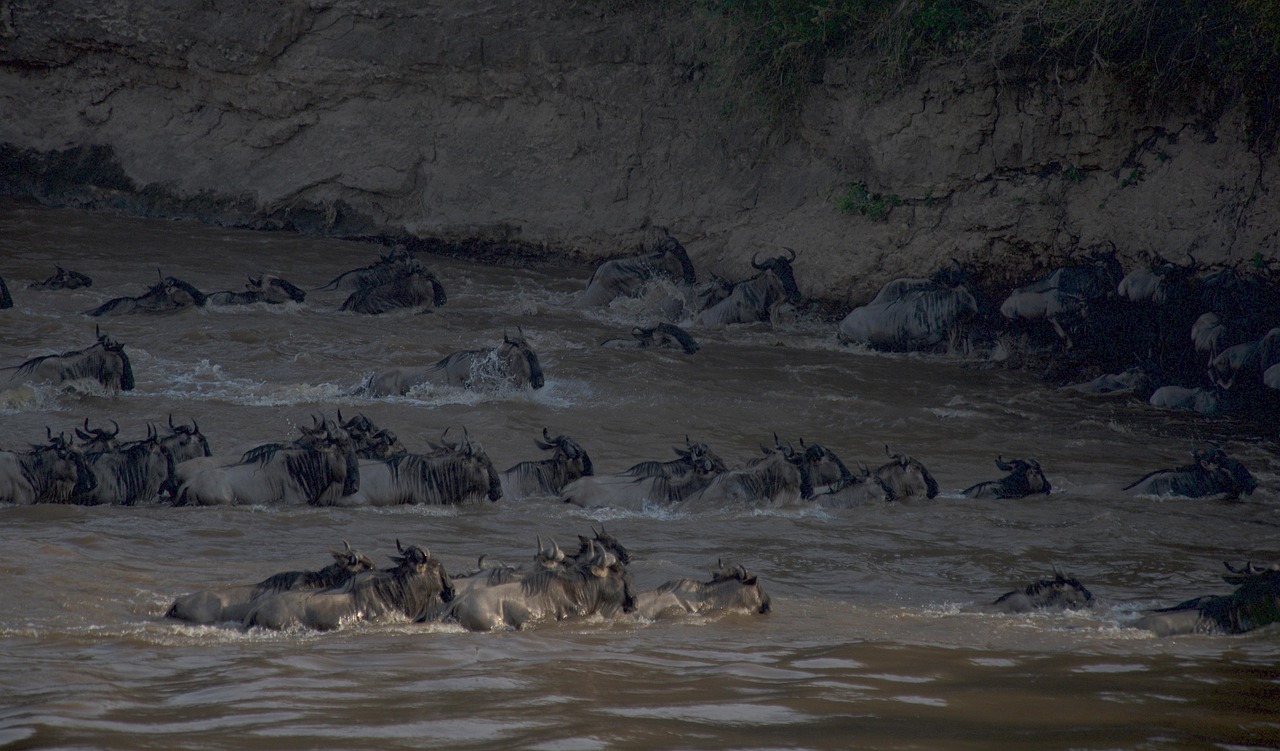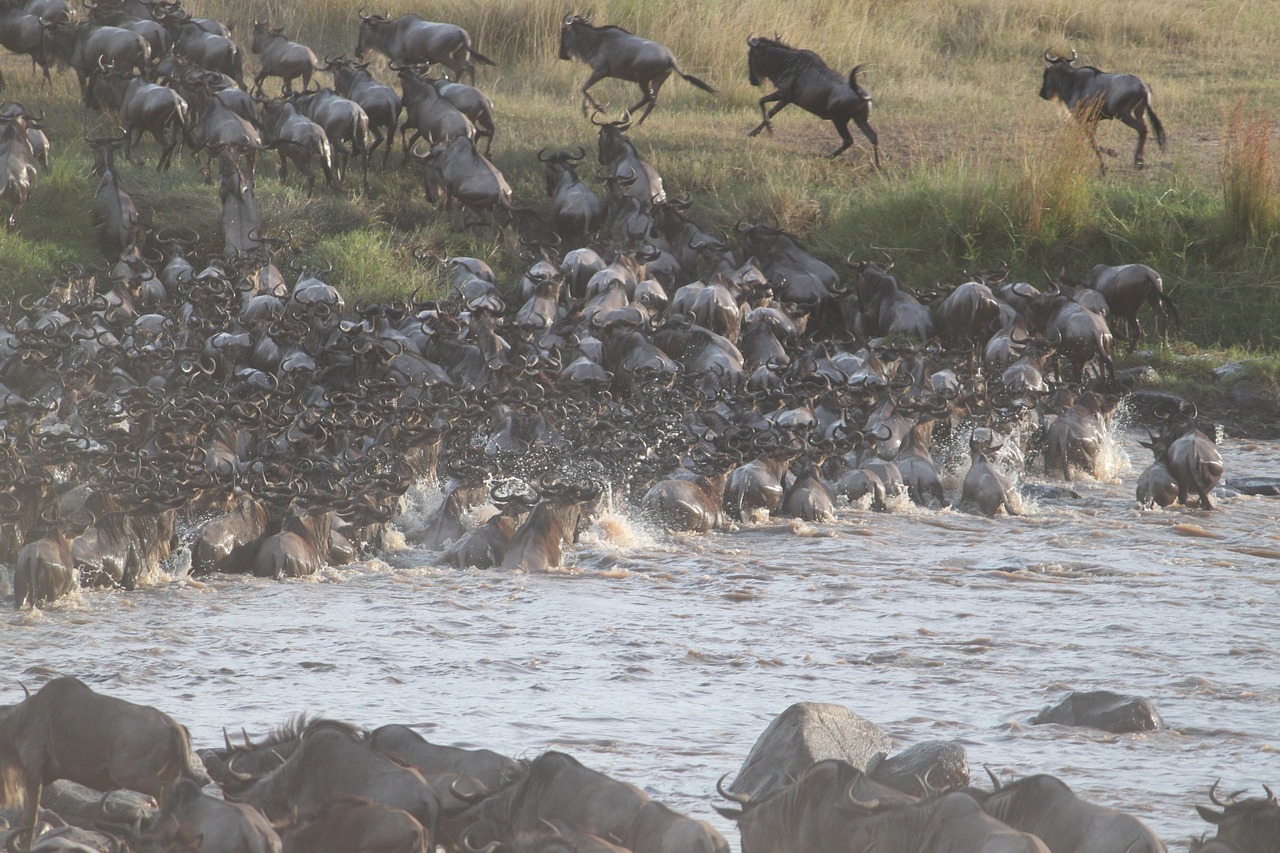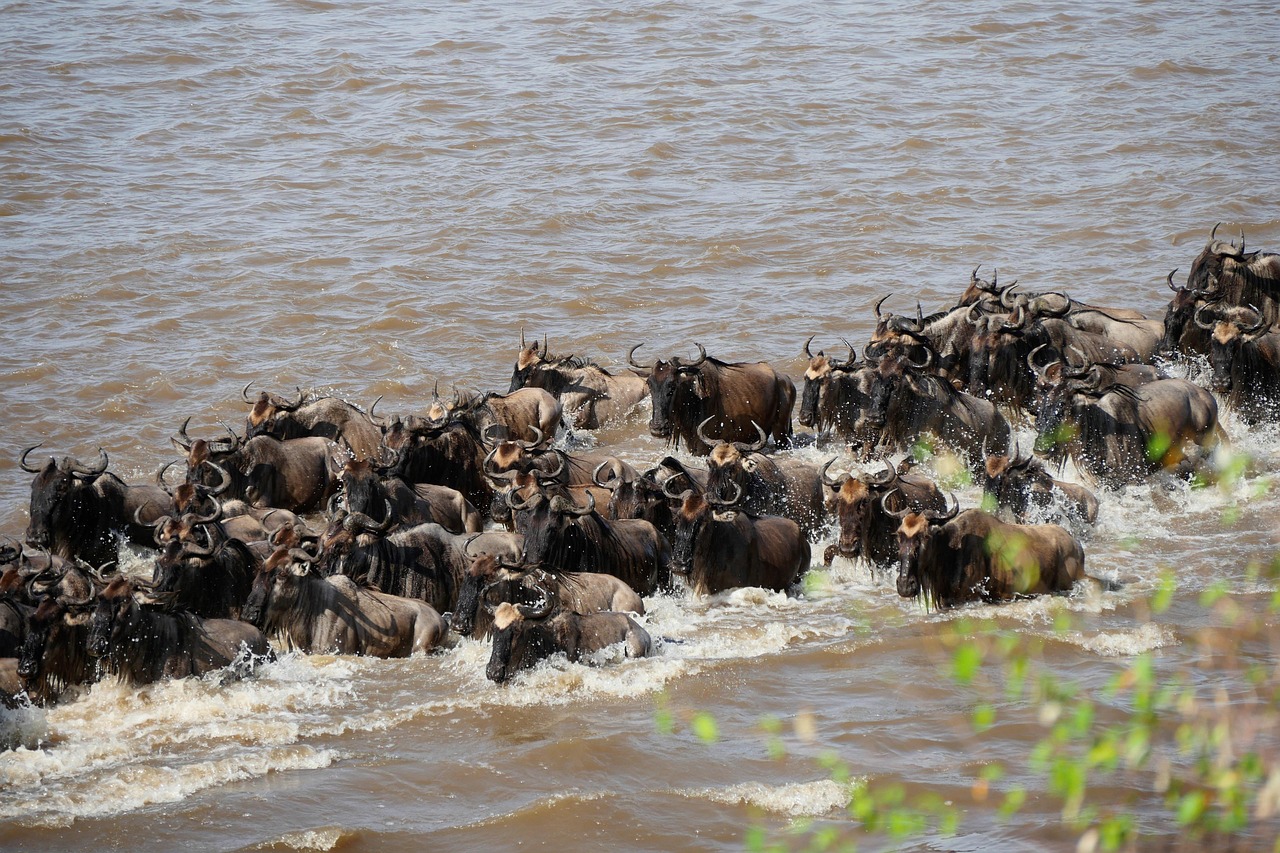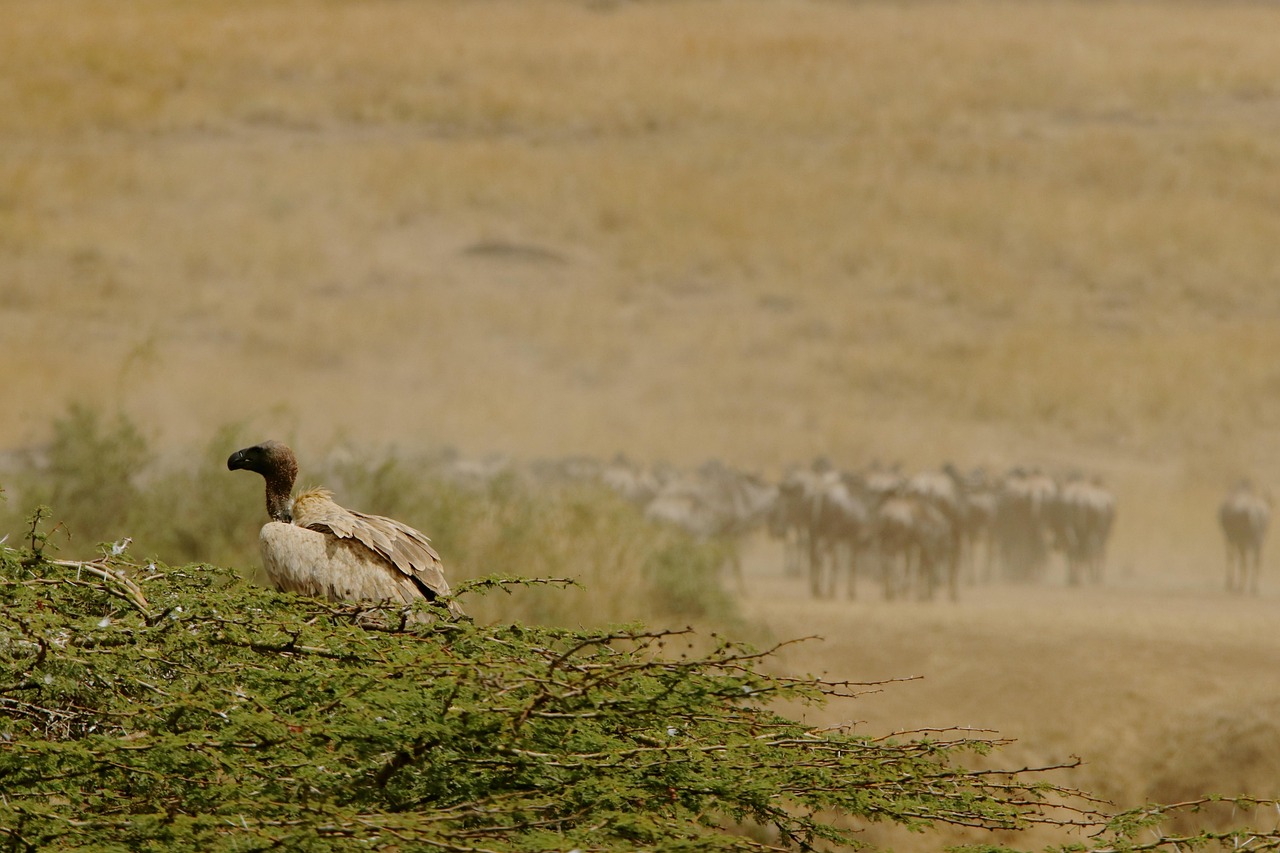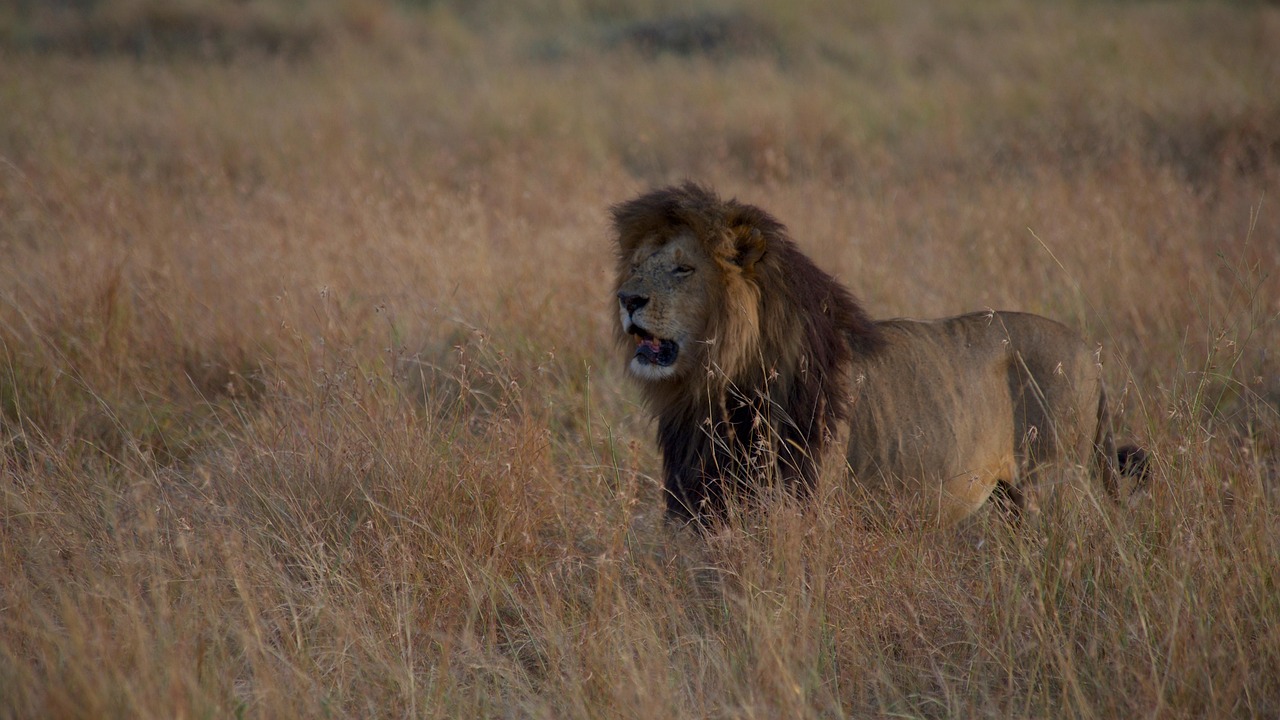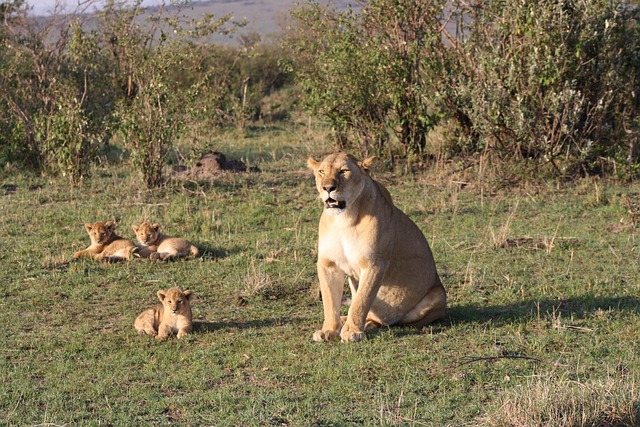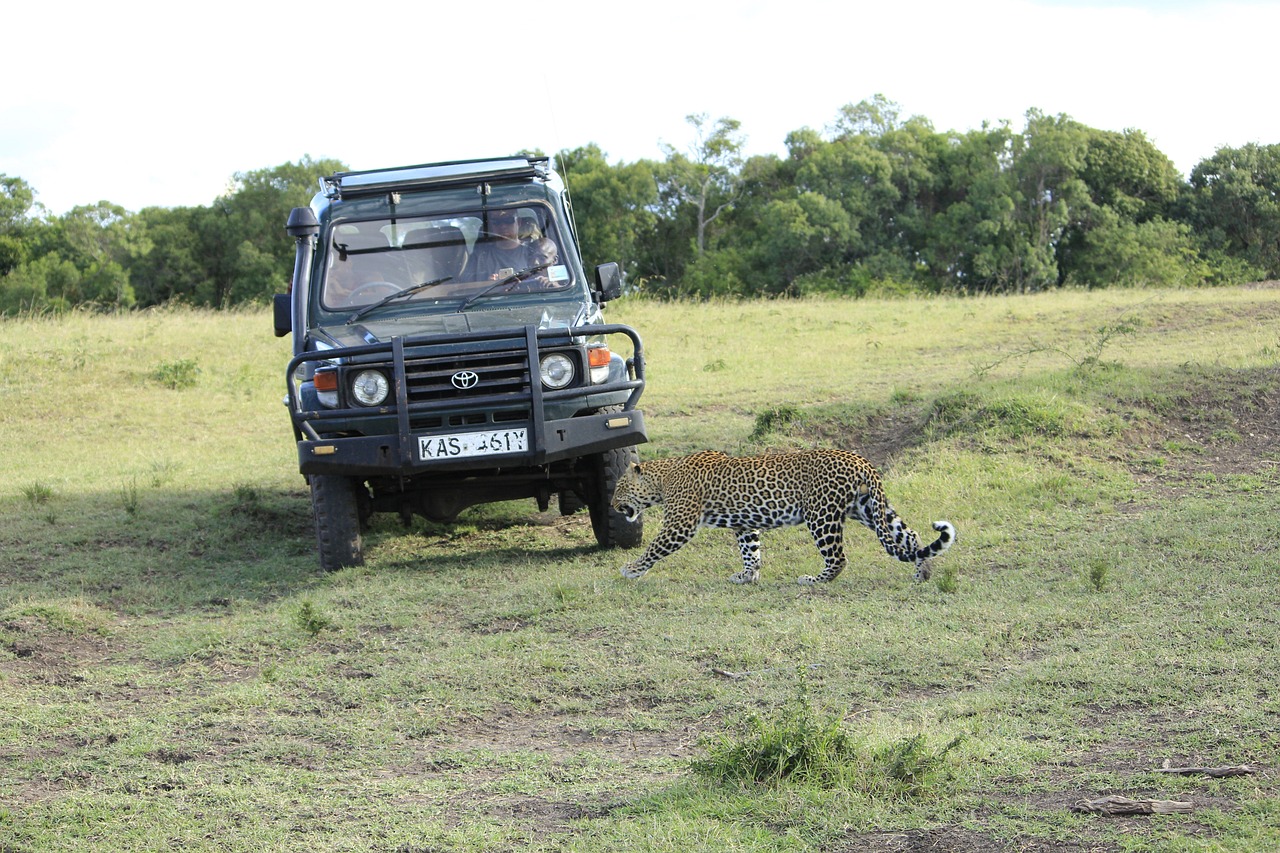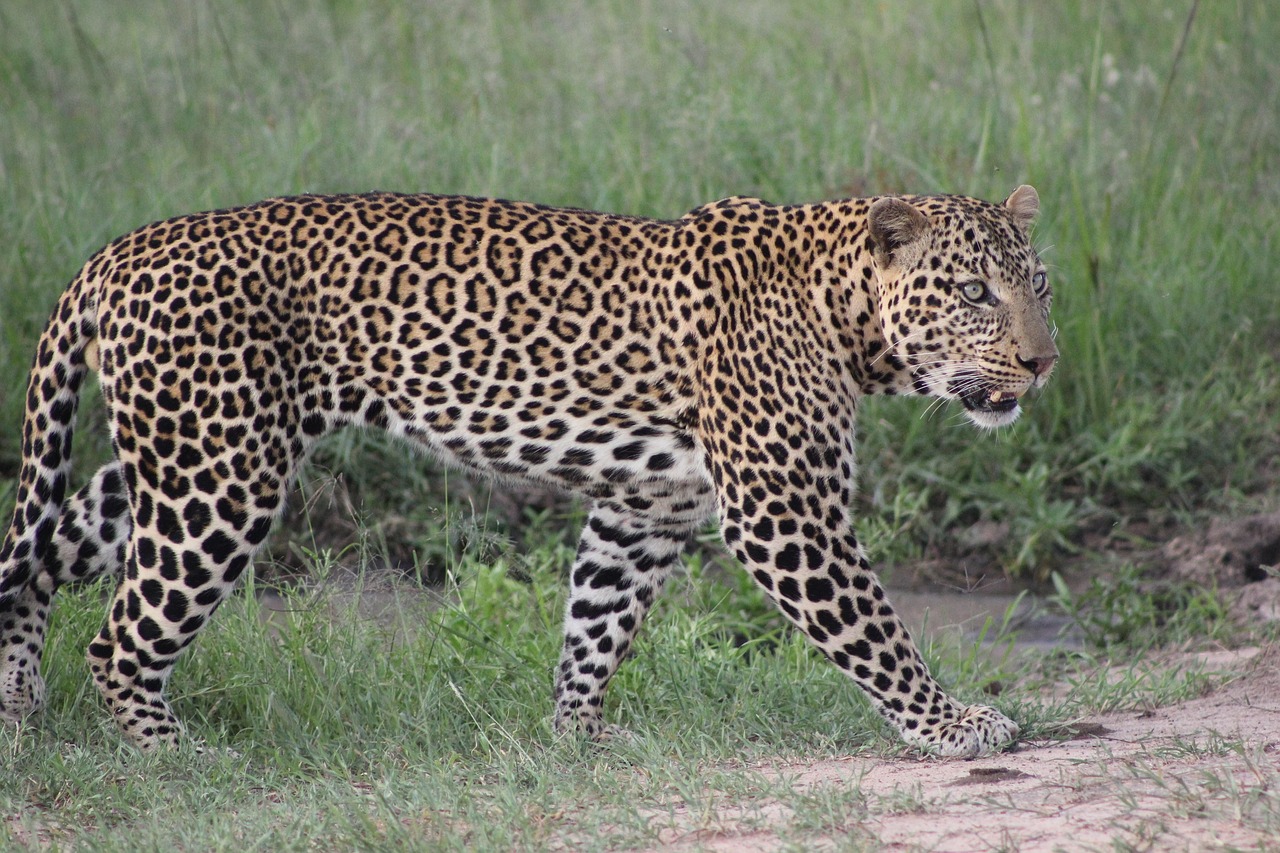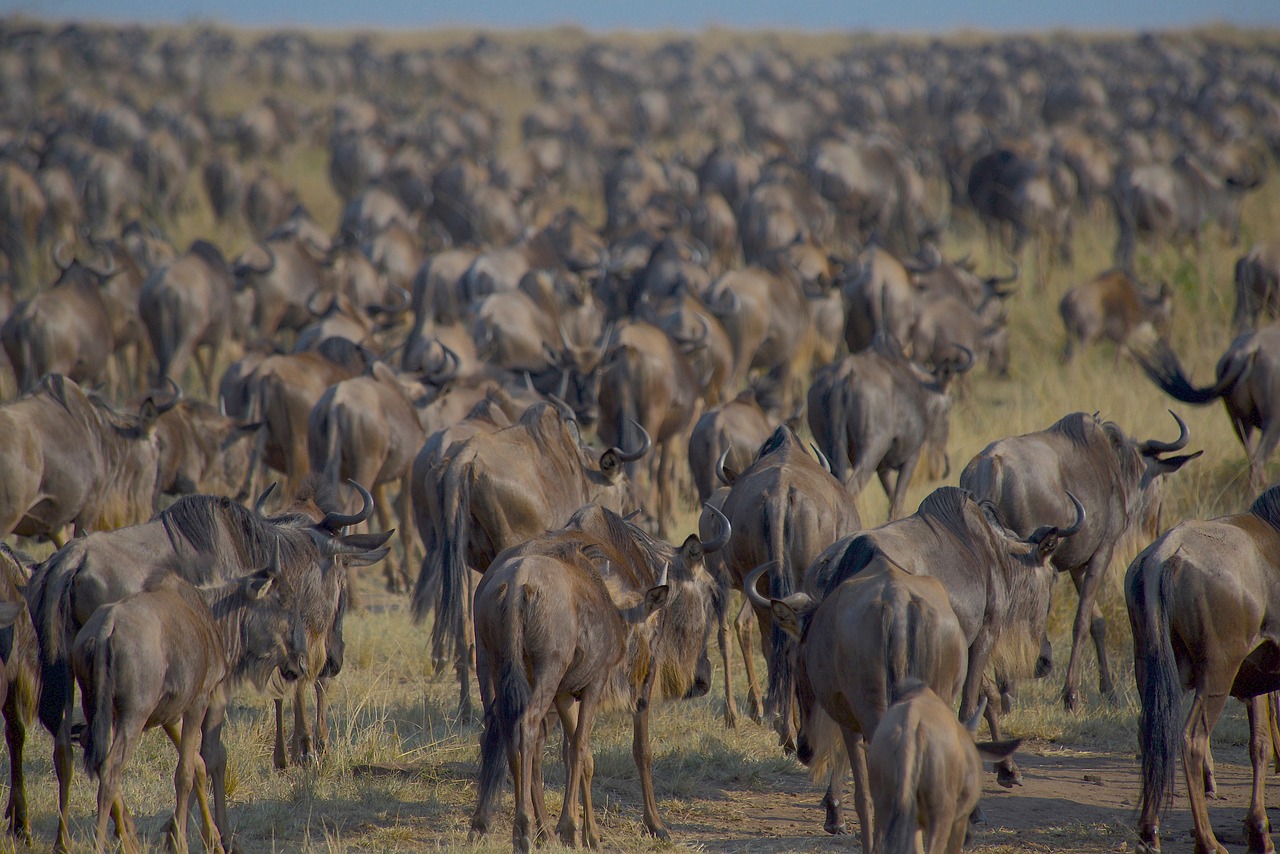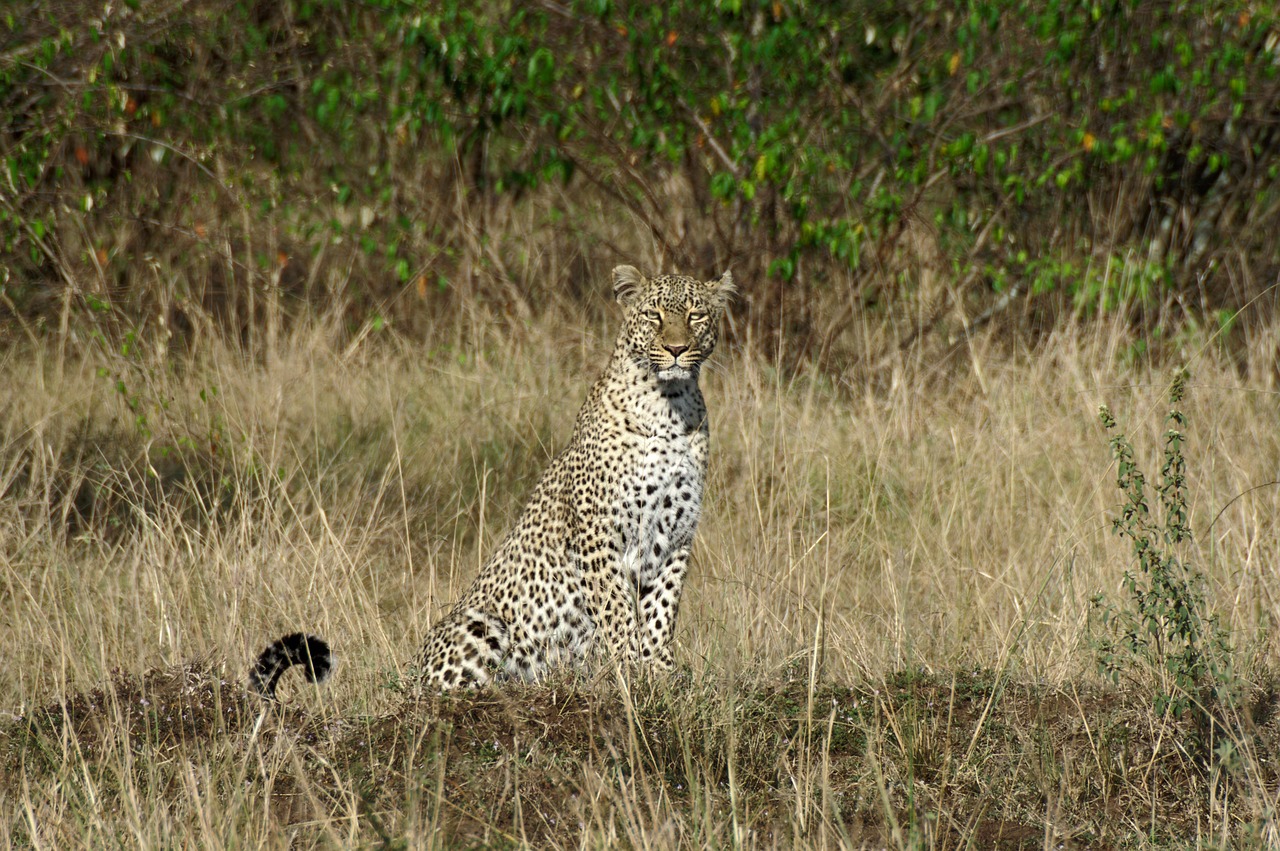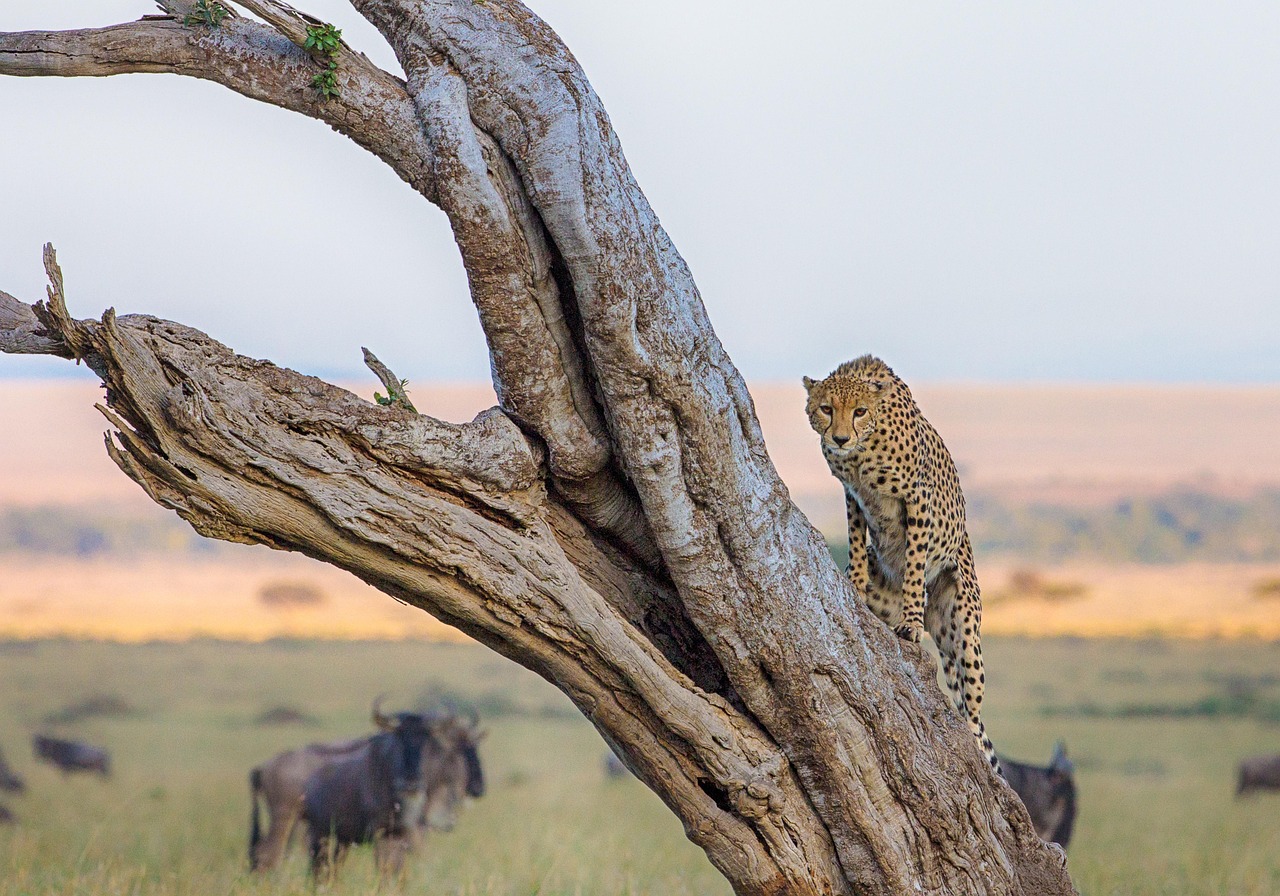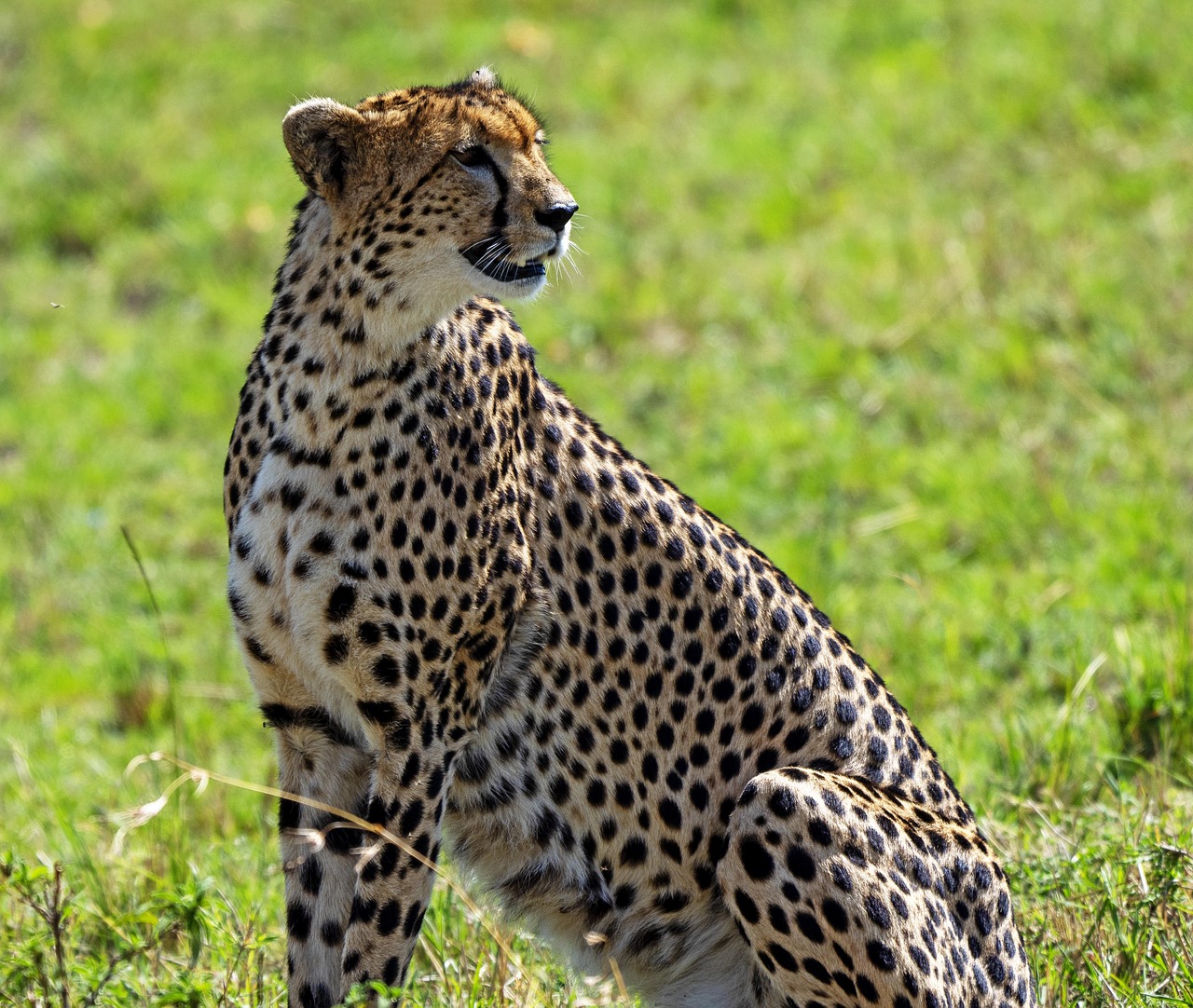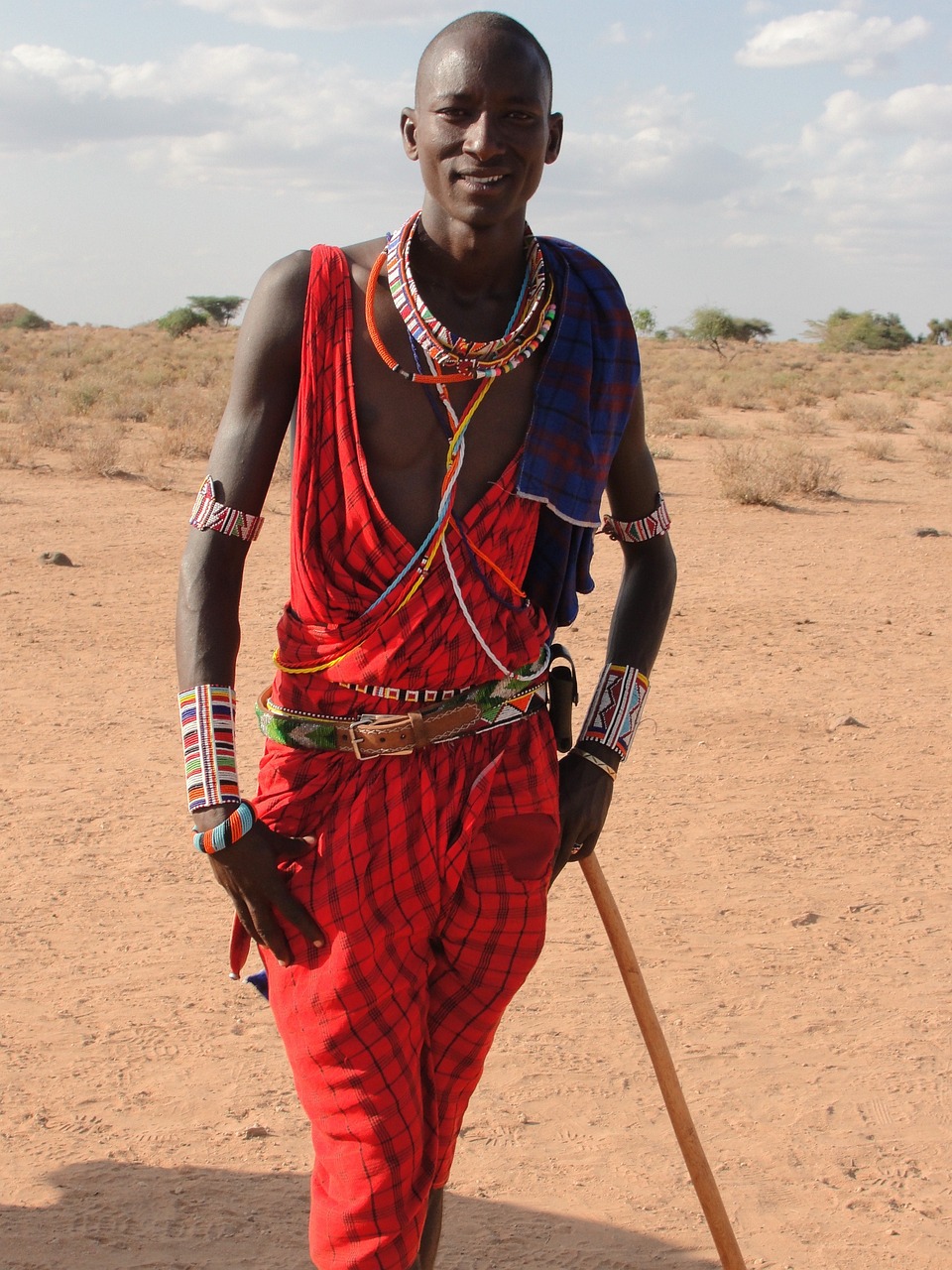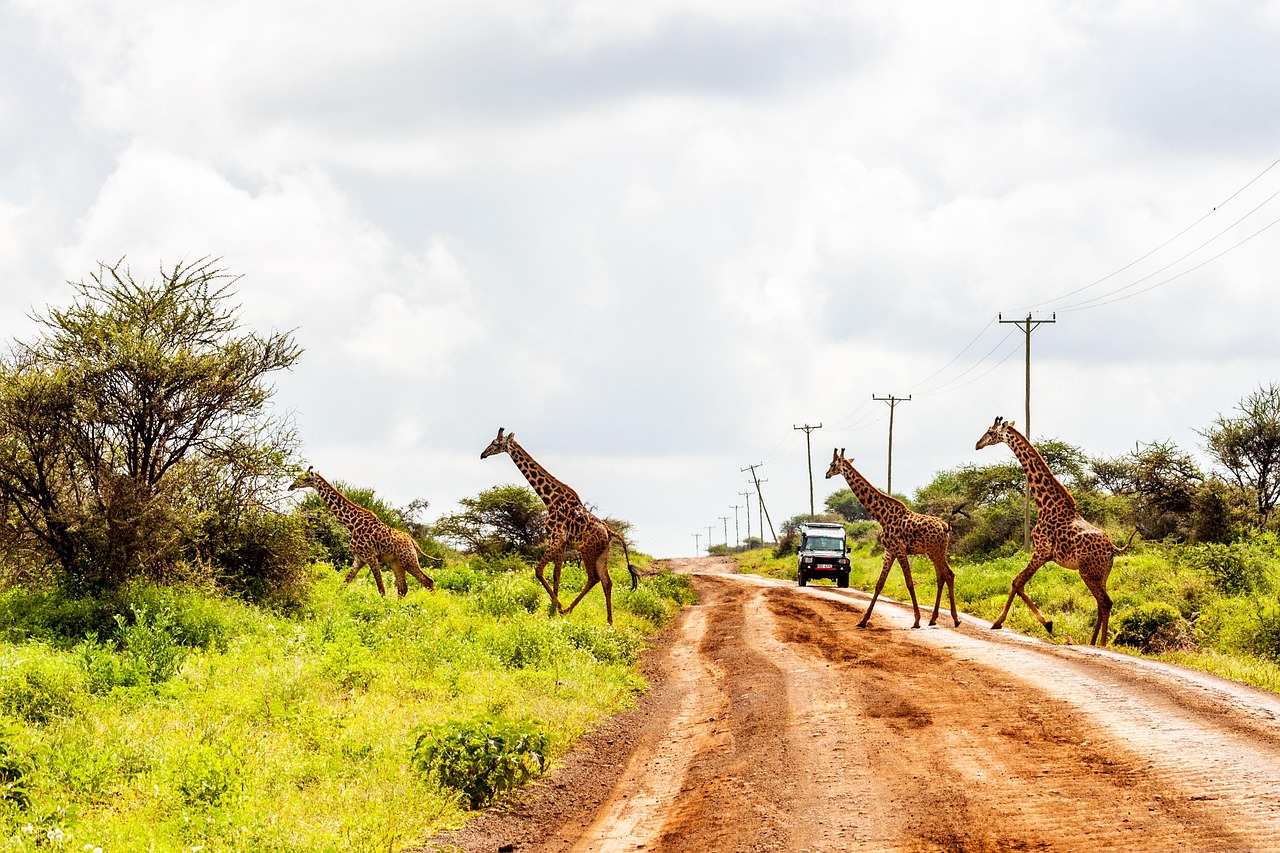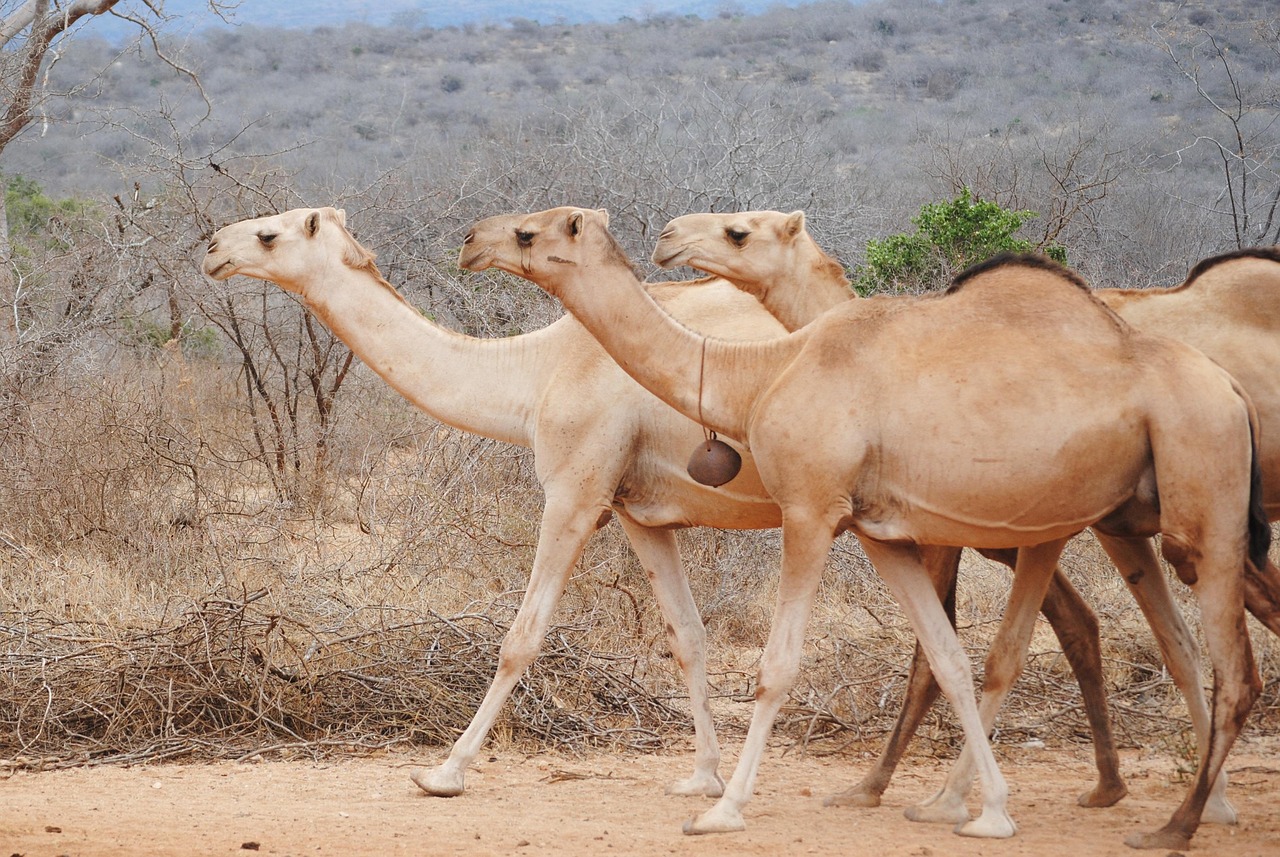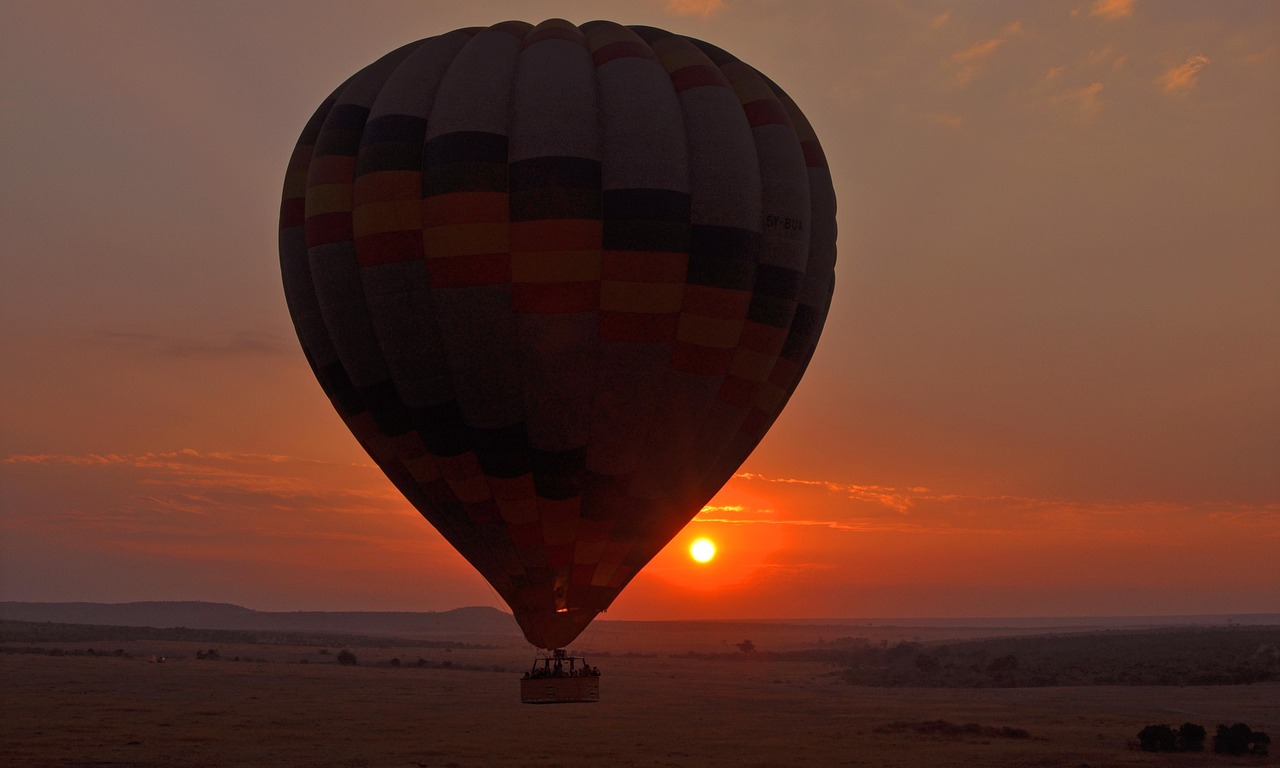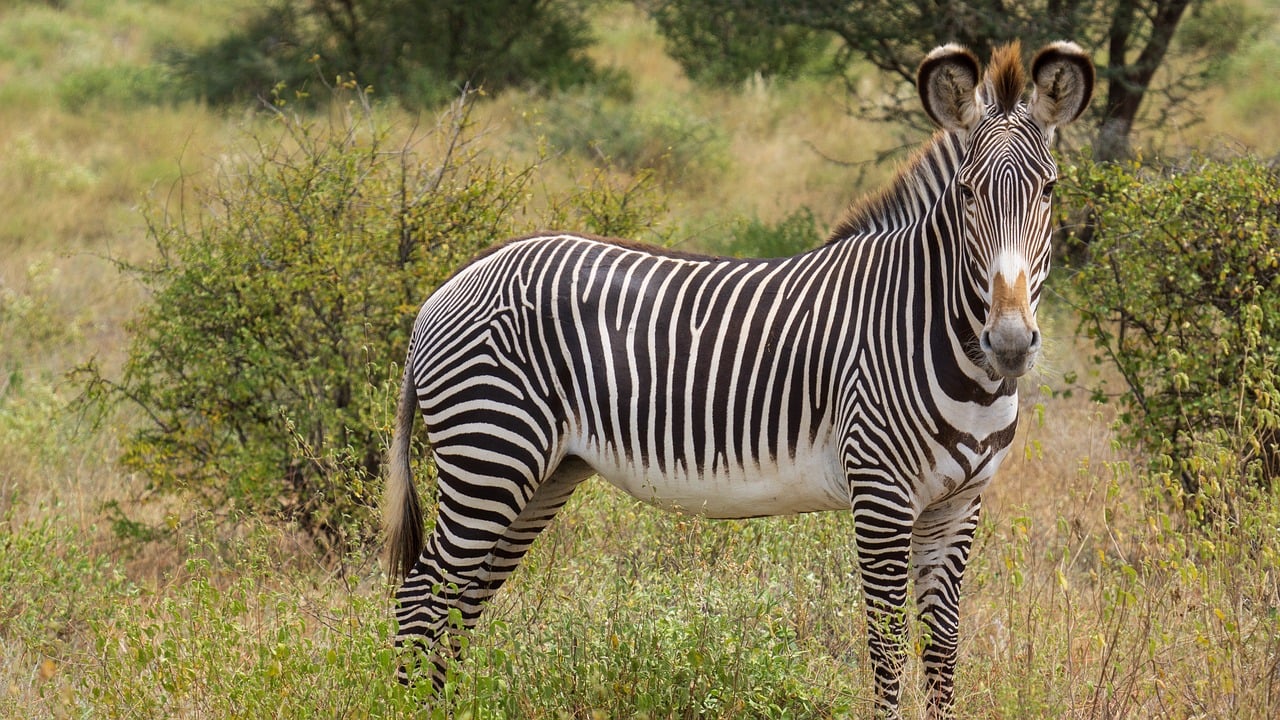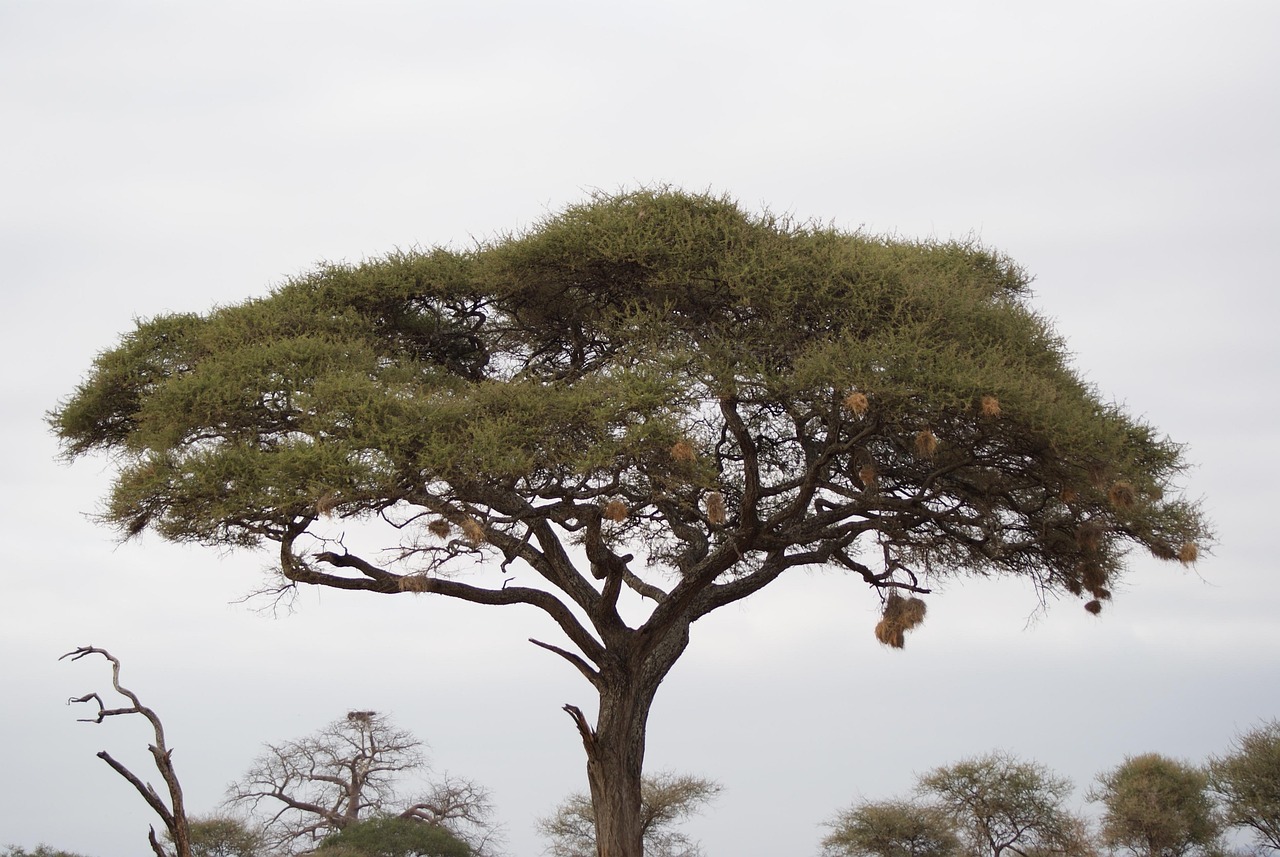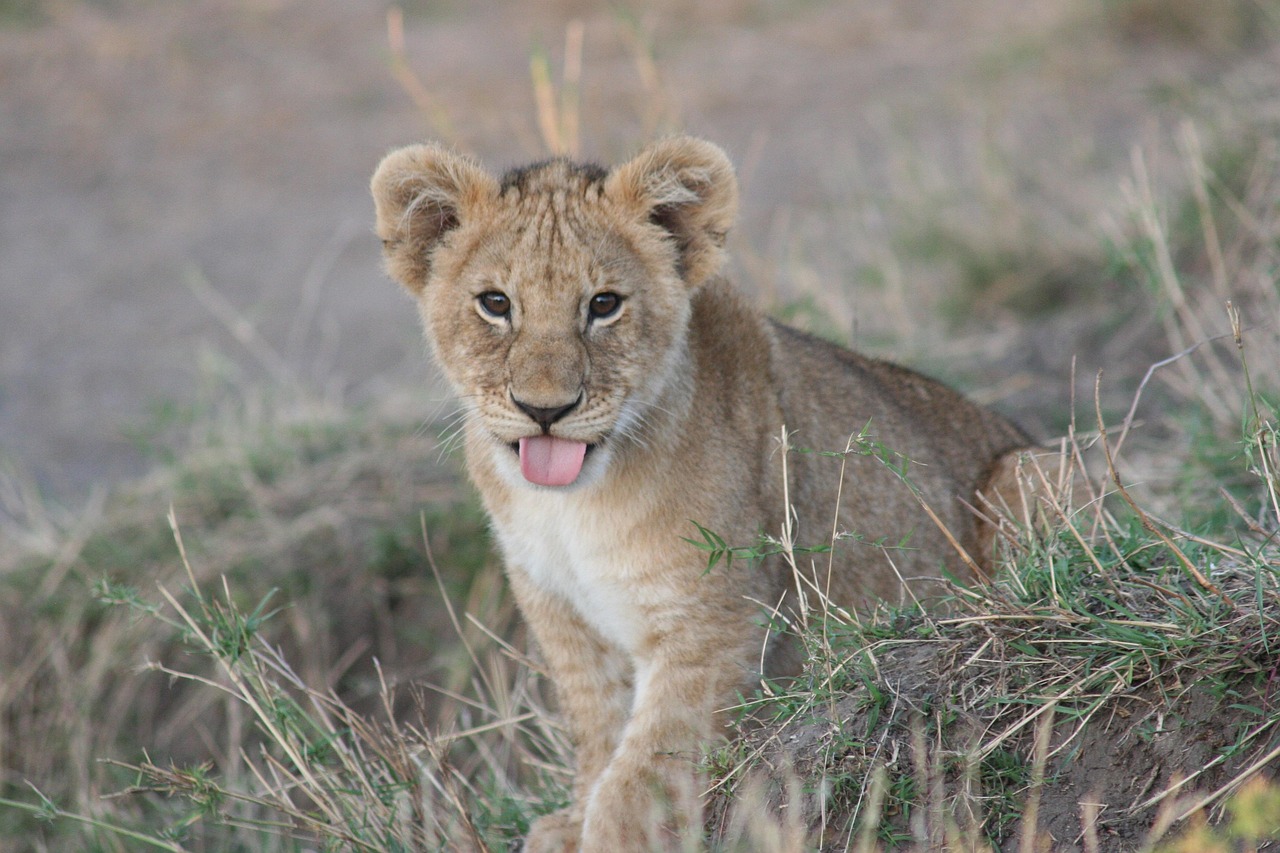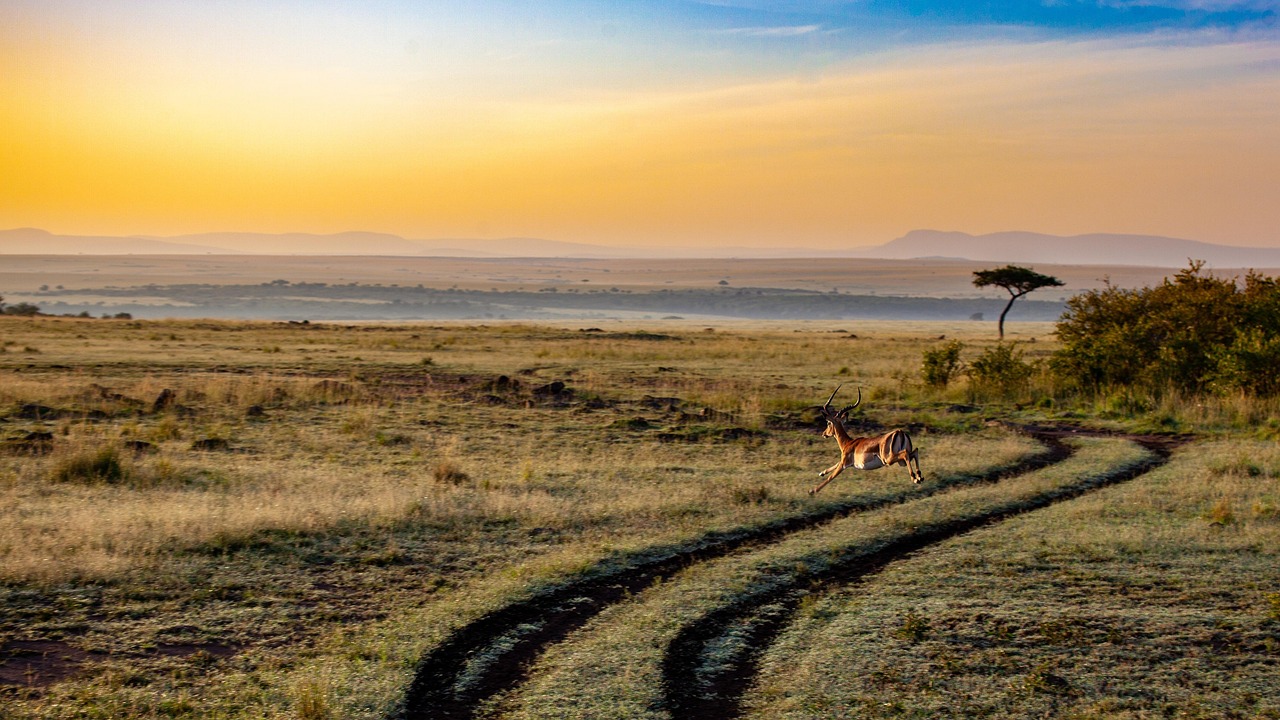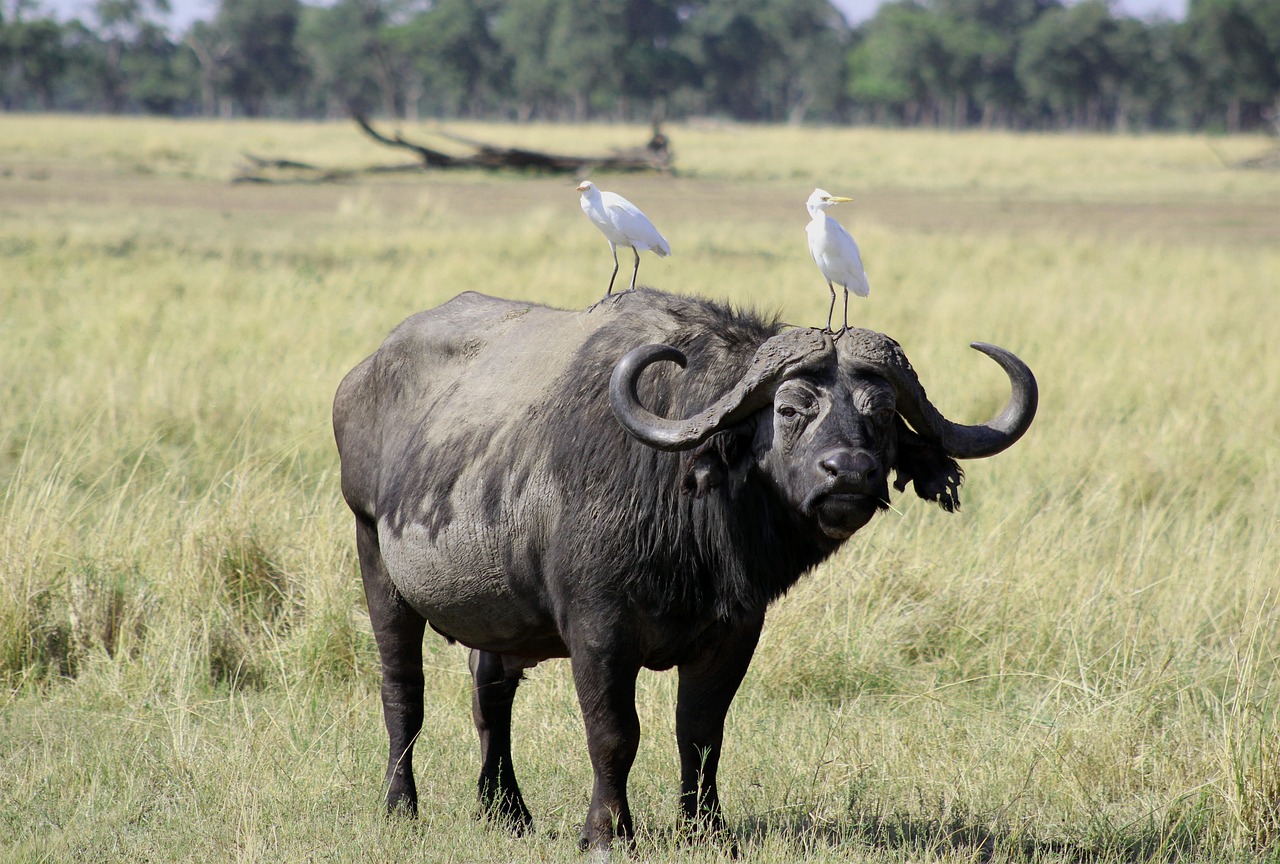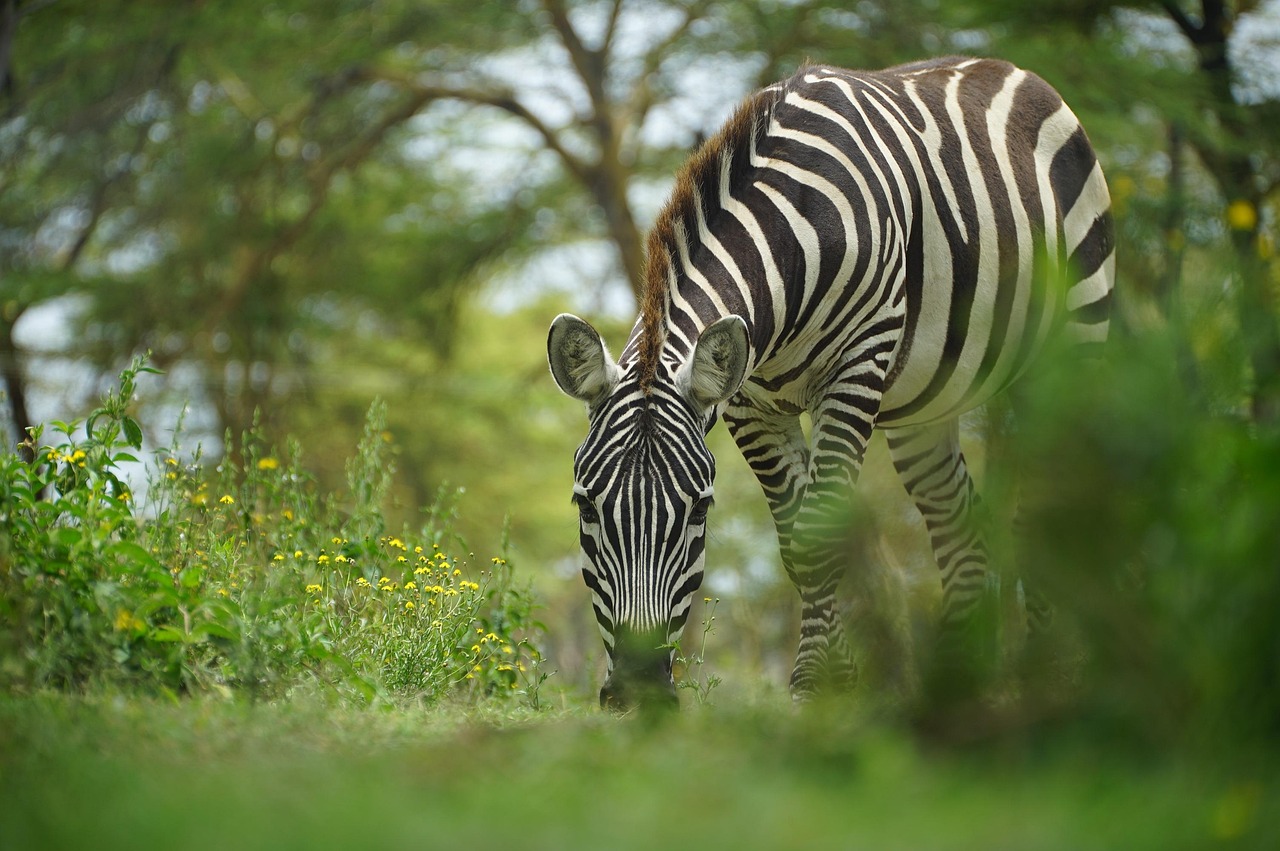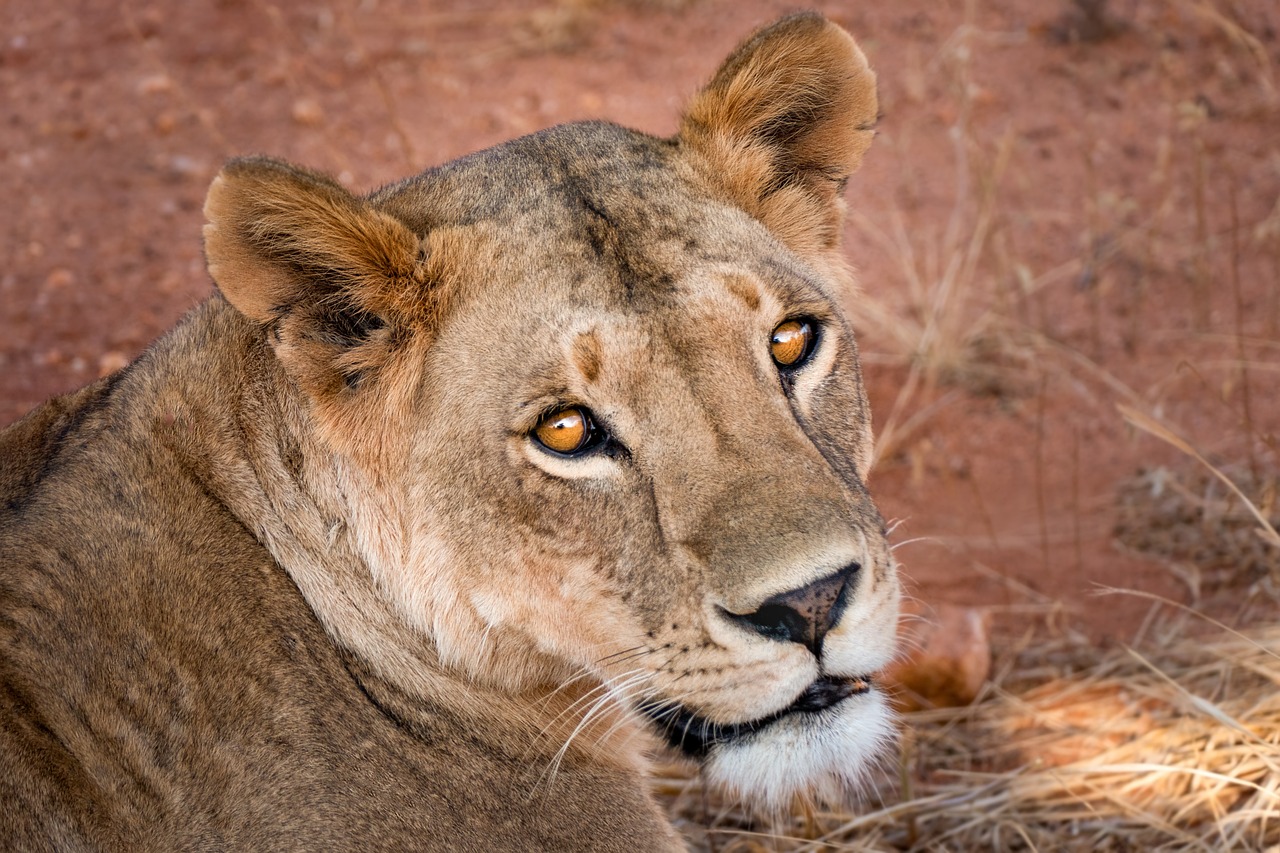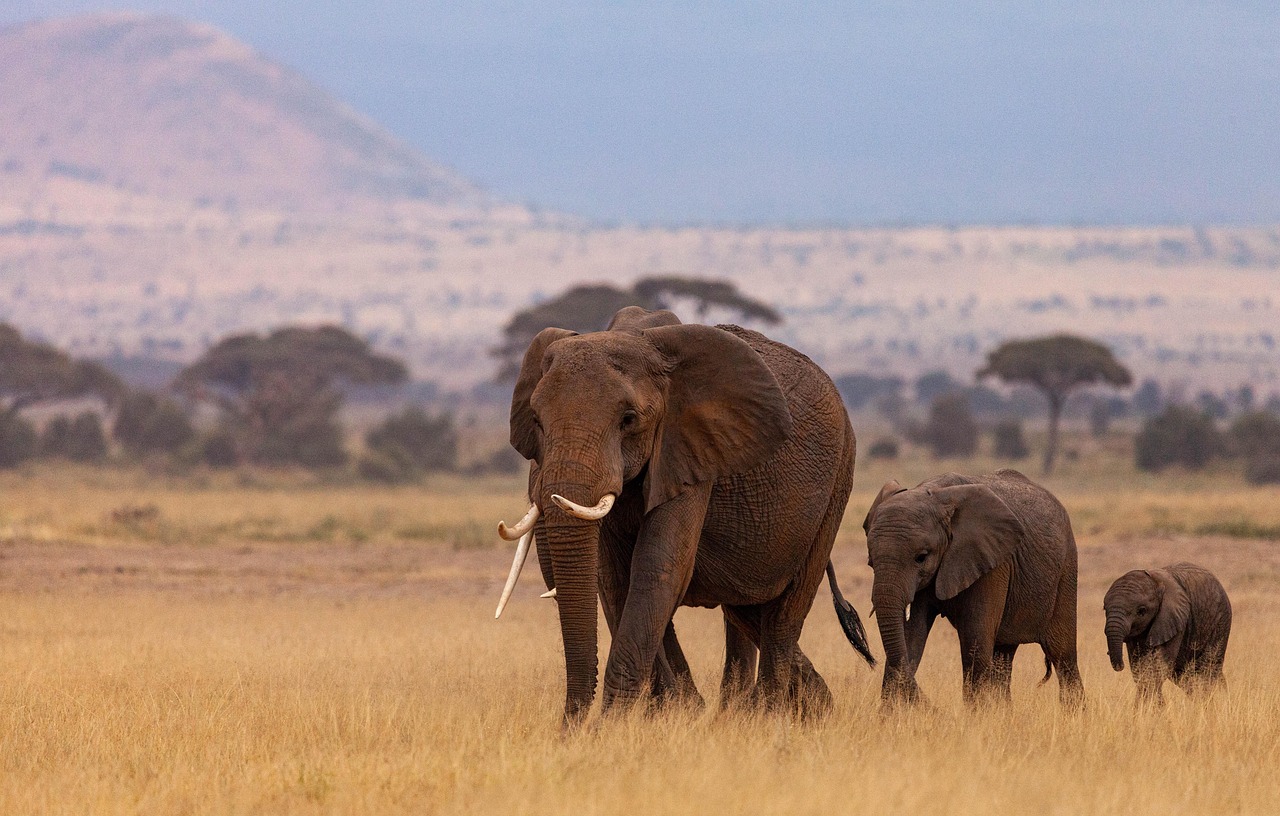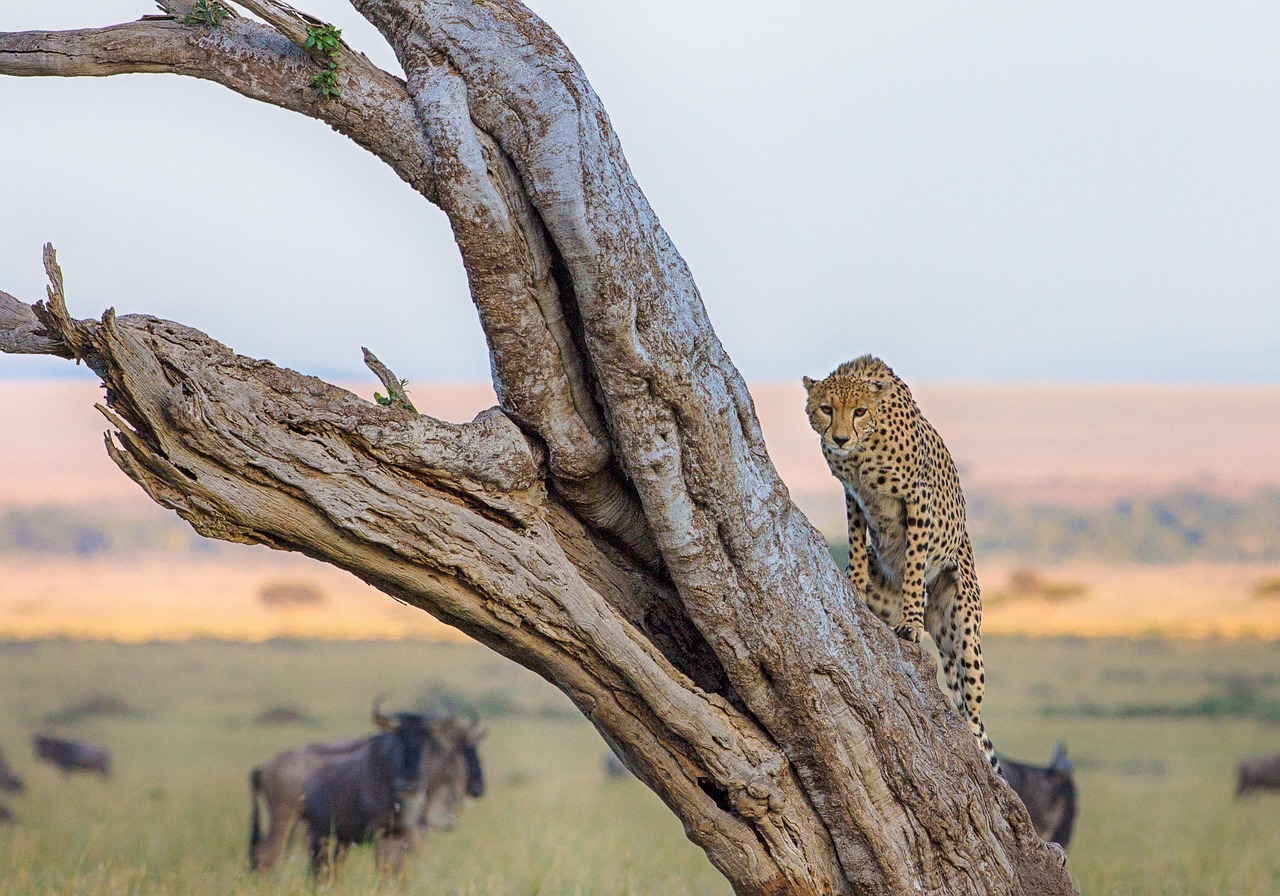
Kenya
Everything you need to know about going to Kenya for a safari. A complete travel guide.Kenya
Overview
A Complete Travel Guide to Kenya.
Everything you need to know before visiting Kenya for a safari.
Kenya is a classic African safari destination, centred around its iconic Masai Mara Safari Region, where the annual Wildebeest Migration draws millions of wildebeest and zebras across the Mara River between July and October. Complementing this world‑famous natural spectacle, Kenya offers a rich array of wildlife, including the Big Five—lion, elephant, rhino, buffalo, and leopard—in reserves like Amboseli, Laikipia, and Tsavo.
Kenya’s varied landscapes range from sweeping savannahs and dramatic Rift Valley scenery to alpine forests and pristine Indian Ocean beaches at Diani and Watamu. The country also features vibrant cultures, with over 40 tribes, including the Maasai and Samburu, playing active roles in community-led conservation and tourism efforts.
Visitors benefit from a well-developed tourism infrastructure, with excellent connectivity through Nairobi, a range of accommodation from mobile camps to luxury lodges, and experiences that include hot-air balloon safaris, guided walks, cultural visits, and coastal relaxation.
Explore Kenya Below:
Explore other countries:
Continue your safari planning journey across Africa’s top countries
Not sure if Kenya is your perfect fit? Click below to explore and compare other safari countries.
Safety
Everything you need to know about safety in Kenya
Kenya is a well‑established safari destination with good security in wildlife areas and tourist zones. In urban areas like central Nairobi or Mombasa, some visitors may face risks such as mugging, pick‑pocketing, and carjacking, especially after dark. Most travellers experience Kenya safely by sticking to organised tours, licensed transport, and guidance from local experts.
Expert tip: Use only reputable tour operators and avoid walking alone at night in major cities. For safari travel, rely on vehicles and guides authorised by the Kenya Wildlife Service or trusted lodges.
A Deeper Understanding Of Safety In Kenya
Kenya is rated Level 2—Exercise increased caution—by central travel authorities due to crime, terrorism, civil unrest, and kidnapping, particularly in remote border regions like Mandera, Garissa, Wajir, and parts of Tana River and Kilifi Counties. Incidents such as armed carjacking, home invasion and daylight robberies have been reported even in usually considered safe neighbourhoods of Nairobi. Opportunistic crime—snatch‑and‑run thefts or scams—is more common in crowded urban areas; petty theft is rare in established safari lodges and reserves.
Terrorist attacks, including incidents by al‑Shabaab, have targeted both security personnel and civilian locations, and remain a concern in some coastal and northern counties; organised safari operators actively avoid these areas. Protests and demonstrations occur periodically, leading to sudden road closures or crowd control measures; travellers are advised to avoid political gatherings and follow local guidance.
Wildlife‑related risks are rare but do occur, such as a lion entering residential areas near Nairobi National Park in recent months. Safari operators mitigate these with trained guides, secure vehicles and clear safety protocols. Kenya’s road safety remains a concern both in towns and rural areas—fatal accidents are common, and highway travel can be hazardous at night.
Tourists have low exposure to security risks when staying within recommended safari zones, including the Masai Mara Safari Region, Laikipia, Amboseli and Tsavo. These areas are patrolled, well-managed, and generally safe. Health facilities outside major cities are limited—travellers should have valid medical evacuation insurance and be prepared to pay before treatment.
VISA
Everything you need to know about visas for travel to Kenya
Most visitors no longer require a traditional visa but must apply online for an electronic travel authorisation (eTA) before departure. The eTA costs around USD 30–33 and is required unless you’re a citizen of an eTA‑exempt country, such as most East African Community and Caribbean nations.
Use the following links to see your visa requirements when travelling to Kenya:
Expert tip: Apply for your Kenya eTA as soon as you’ve booked flights and accommodation, ideally at least three days before travel, to avoid delays.
A Deeper Understanding Of Visa Requirements For Kenya
Kenya introduced its eTA system on 1 January 2024, replacing traditional visas for most travellers. The eTA must be obtained online via the official portal (e.g. etakenya.go.ke), and typically costs USD 30–33 depending on exchange rate and nationality. Applications can be submitted up to 90 days before travel. They should be secured at least three days before departure to ensure processing time.
The eTA entitles holders to single-entry stays up to 90 days, allowing re‑entry if visiting other East African Community (EAC) countries, provided the eTA is still valid. Citizens of EAC member states and most Caribbean countries are exempt from the eTA and the fee entirely.
Entry requirements also include a passport valid for at least six months, two blank pages, proof of onward or return travel and funds, and sometimes proof of accommodation or an invitation letter. If arriving from a yellow fever risk country, a vaccination certificate is required.
Meta title: Kenya visa and entry requirements guide
Meta description: Learn Kenya’s visa process: eTA application, fees, exemptions and how to apply quickly. Find out if you need a visa or eTA to visit Kenya.
Vaccinations
Vaccinations are needed to visit Kenya.
All travellers must present a valid yellow fever vaccination certificate if arriving from a high-risk or endemic country. Although not legally required, vaccines for hepatitis A, typhoid, meningitis and measles‑mumps‑rubella (MMR) are strongly recommended for most visitors.
- Vaccinations Required: Yellow fever (if arriving from an endemic country)
- Use the following link to find vaccination information for Kenya: https://skyteam.traveldoc.aero/
Expert tip: Schedule a travel health consultation at least 4–6 weeks before arrival so you can complete vaccines like rabies or hepatitis A that may require multiple doses.
A Deeper Understanding Of Vaccination Requirements for Kenya
Health authorities in Kenya require proof of yellow fever vaccination, valid for travellers aged ≥ 1 year arriving from designated yellow fever risk countries. Even if your trip is limited to Nairobi or past North Eastern or Coast counties, proof may still be requested.
Although not mandatory, vaccinations for hepatitis A, typhoid, meningitis, rabies and routine boosters (such as tetanus, MMR, influenza and polio) are strongly advised depending on your itinerary, duration, and activities. Rabies pre‑exposure vaccination should be considered for travellers engaging in wildlife research, rural travel, or working with animals, especially where prompt post‑exposure care may not be accessible.
Discuss seasonal health risks with your doctor, as malaria prevention via tablets is recommended below 8,200 ft. At the same time, cholera vaccination may be advised during periods of higher risk or for extended stays in rural areas. As outbreaks can vary, consult travel health sources and meet with a medical professional to build a tailored plan for your trip.
Weather and climate
Everything you need to know about weather and climate in Kenya
Kenya experiences a tropical equatorial climate with two distinct dry and wet seasons. Dry months (June to October) offer sunny, mild weather ideal for safari, while short rains (October–December) and long rains (March–May) bring wetter conditions and hotter days in coastal areas.
Seasonal Breakdown:
- Summer: June to August typically brings cooler, dry weather. Average lows 10–12 °C (50–54 °F), highs 22–23 °C (71–73 °F), rainfall minimal (~30 mm/1.2 in). Ideal for viewing wildlife in clear conditions.
- Winter: December to February sees warmer, wetter weather, especially along the coast. Inland averages: lows 18–21 °C (64–70 °F), highs 28–32 °C (82–90 °F); rainfall increases in April/May months.
Expert tip: Pack layered clothing—cool mornings and evenings in the highlands demand fleece. At the same time, coastal areas get intense sun during the day.
A Deeper Understanding Of Weather And Climate In Kenya
Kenya does not experience a traditional summer/winter cycle; instead, the climate is shaped by two rainy seasons: long rains in March–May and short rains in October–December. The Dry season (June–October) is generally pleasant—clear skies, lower humidity, and mild temperatures across inland safari regions like the Masai Mara and Laikipia.
Coastal regions (such as Mombasa and Diani) remain hotter year‑round—daytime highs around 30–32 °C (86–90 °F), with increased humidity and rainfall during both wet seasons ∼, 250 mm in May (∼9.7 in). Highlands, including Nairobi, sit at ~1,800 m elevation; they enjoy cooler evenings (down to ~10 °C/50 °F) even in hotter months, with less extreme humidity.
Wildlife viewing is at its best in the Dry season (June–October) when animals gather around shrinking water sources and foliage is sparse. The long rains, especially April and May, make roads slippery and wildlife sightings less predictable—though this is the lush, green season favoured by birdwatchers and photographers. Short rains in November and December are briefer but can still disrupt travel in some regions.
Table representing weather and climate in Kenya by month
🟢 Excellent weather | 🟡 Fair weather | 🟠 Hot or rainy conditions | 🔴 Unfavourable travel period
| Month | Avg Low (°C/°F) | Average High (°C/°F) | Precipitation (%) | Rainfall (mm/in) | Rainy Days | Humidity (%) | UV Index |
|---|---|---|---|---|---|---|---|
| January | 14 °C / 57 °F | 27 °C / 81 °F | 10 % | 60 mm / 2.4 in | 3 | 65 % | 11 |
| February | 14 °C / 57 °F | 27 °C / 81 °F | 10 % | 35 mm / 1.4 in | 2 | 62 % | 11 |
| March | 16 °C / 61 °F | 28 °C / 82 °F | 30 % | 90 mm / 3.5 in | 5 | 68 % | 11 |
| April | 17 °C / 63 °F | 25 °C / 77 °F | 60 % | 160 mm / 6.3 in | 12 | 82 % | 10 |
| May | 17 °C / 63 °F | 24 °C / 75 °F | 55 % | 245 mm / 9.7 in | 10 | 85 % | 10 |
| June | 11 °C / 52 °F | 22 °C / 72 °F | 15 % | 35 mm / 1.4 in | 2 | 67 % | 11 |
| July | 10 °C / 50 °F | 22 °C / 72 °F | 10 % | 30 mm / 1.2 in | 1 | 65 % | 11 |
| August | 11 °C / 52 °F | 23 °C / 73 °F | 10 % | 35 mm / 1.4 in | 2 | 65 % | 11 |
| September | 12 °C / 54 °F | 26 °C / 79 °F | 20 % | 60 mm / 2.4 in | 3 | 70 % | 11 |
| October | 13 °C / 55 °F | 28 °C / 82 °F | 30 % | 100 mm / 4.0 in | 7 | 81 % | 11 |
| November | 14 °C / 57 °F | 27 °C / 81 °F | 40 % | 105 mm / 4.1 in | 8 | 80 % | 11 |
| December | 14 °C / 57 °F | 28 °C / 82 °F | 20 % | 75 mm / 3.0 in | 5 | 78 % | 11 |
When To Go
Everything you need to know about the best time to visit Kenya:
Kenya is best visited in the dry season (June–October) when wildlife congregates at water sources and bush is thin, offering excellent game‑viewing. January–February is also strong for wildlife and beach clarity.
Weather | Jan | Feb | March | Apr | May | Jun | Jul | Aug | Sep | Oct | Nov | Dec |
= Excellent = Good = Fair = Poor
- High season: June–October & December–March
- Low season: April–May & November
Expert tip: Visit in June or September–October for fewer crowds, vivid landscapes, and optimal migration views.
A Deeper Understanding Of The Best Time To Visit Kenya
Kenya’s dry season (June–October) provides the clearest conditions for safari—animal sightings come easily as wildlife gathers around shrinking waterholes. This period includes the wildebeest migration in the Masai Mara, typically from late July to September, when river crossings occur.
Early in the year—January and February—is also a strong option: dry, hot weather encourages animals to gather around water, and coastal visibility is excellent for diving and beaches.
The long rains (March–May) bring heavy, persistent rain; camps may close, lodges offer lower rates, and travel can be disrupted—but this is the “green season”, ideal for photography and fewer crowds. November and December see short rains, which are lighter and less intrusive, offering leafy landscapes and good birdwatching without significant disruption.
Table representing the best time to visit Kenya:
| Month | Weather | Wildlife Viewing | Birdwatching | Temperature |
|---|---|---|---|---|
| January | ☀️ | ✅✅ | 🐦🐦🐦 | 🔥 |
| February | ☀️ | ✅✅ | 🐦🐦🐦 | 🔥 |
| March | 🌧️ | ✅ | 🐦🐦 | 🔥 |
| April | ⛈️ | ✅ | 🐦 | 🔥 |
| May | ⛈️ | ✅ | 🐦🐦 | 🔥 |
| June | 🌤️ | ✅✅✅ | 🐦🐦 | ☀️ |
| July | ☀️ | ✅✅✅ | 🐦🐦🐦 | ☀️ |
| August | ☀️ | ✅✅✅ | 🐦🐦🐦 | ☀️ |
| September | 🌤️ | ✅✅✅ | 🐦🐦🐦 | ☀️ |
| October | ☀️ | ✅✅✅ | 🐦🐦 | ☀️ |
| November | 🌧️ | ✅✅ | 🐦🐦🐦 | ☀️ |
| December | 🌧️ | ✅✅ | 🐦🐦🐦 | ☀️ |
Table Legend:
Weather: ⛈️ Thunderstorms, 🌧️ Rain, 🌤️ Partly Cloudy, ☀️ Dry
Wildlife Viewing: ✅ Average, ✅✅ Good, ✅✅✅ Great
Birdwatching: 🐦 Average, 🐦🐦 Good, 🐦🐦🐦 Great
Temperature: ❄️ Cold, ☀️ Warm, 🔥 Hot
Getting Here
Everything you need to know about getting to Kenya:
Kenya’s most common entry point is Jomo Kenyatta International Airport (NBO) in Nairobi, served by major international airlines. Domestic air transfers from Nairobi link directly to safari lodges, making travel reasonably accessible.
- Main point of entry to Kenya: Jomo Kenyatta International Airport (NBO)
- Effort to get to Kenya: 🟡 Medium
- Effort getting around Kenya: 🟡 Medium
- Best ways to get around Kenya: ✈️ Air; 🚙 Transfers; 🚗 Self Drive
Expert tip: Book your domestic transfer flights from Wilson or JKIA well in advance; many lodges offer seamless pick‑up on arrival.
A Deeper Understanding Of Getting To Kenya
By Air
Jomo Kenyatta International Airport (NBO) in Nairobi is Kenya’s primary international gateway, connecting directly with Europe, the Middle East, and Africa via carriers like Kenya Airways, British Airways, Emirates, and Qatar Airways. Moi International Airport (MBA) near Mombasa also handles international and charter flights, often catering to coastal arrivals. Once in Nairobi, domestic travellers use Wilson Airport (WIL) to connect to safari airstrips in the Masai Mara, Amboseli, Samburu, and other reserves via scheduled carriers like Safarilink and AirKenya.
By Road
Road travel to Kenya is most common from neighbouring Tanzania and Uganda via land borders at Namanga, Lunga Lunga, Malaba, or Busia. Within Kenya, self-driving is possible but requires sturdy 4×4 vehicles and caution—rural roads can be rough and weather-dependent. Distances from Nairobi to safari regions like the Masai Mara exceed 200 km. They may take 4–6 hours by road, depending on conditions.
Transfers and Accessibility
Most safari itineraries include pre-arranged transfers from arrival airports to lodges. From NBO or MBA, you’ll typically board a light aircraft at Wilson Airport or a shared charter to your lodge’s nearby airstrip. In Nairobi, the Nairobi Expressway offers fast access from JKIA to central areas and Wilson Airport (~15–20 minutes, avoiding heavy traffic). Guided groups also combine private road transfers between parks, often in sturdy safari vehicles. Public transport, like buses or matatus, is generally not recommended for visiting parks.
Why Visit
This is why you should visit Kenya:
Kenya is the essence of a classic African safari. From July to October, vast herds surge across the Masai Mara Safari Region in the Great Wildebeest Migration. Add to that Big Five wildlife, diverse cultures, and a stunning coastline, and Kenya delivers unmatched variety.
Expert tip: Include both wildlife areas and the coast—spend time in the Masai Mara or Laikipia for safari, then head to Diani or Watamu for rest, snorkelling, or local Swahili culture.
A Deeper Understanding Of Why You Should Visit Kenya
Kenya pioneered safari tourism and remains a premier destination for wildlife diversity, migration spectacles, and cultural immersion. The scenery spans from Mount Kenya’s alpine forests to the Indian Ocean beaches, making it ideal for travellers seeking both adventure and relaxation
Highlight: wildebeest migration
The annual Great Migration of millions of wildebeest and zebra into the Masai Mara National Reserve between July and October is one of the planet’s premier natural spectacles. River crossings, predator drama, and endless plains create unforgettable scenes
Highlight: wildlife & ecosystems.
Kenya offers consistent Big Five sightings across multiple parks and reserves—Amboseli, Tsavo, Laikipia, Samburu—each with unique terrain and conservation success stories. Ol Pejeta protects northern white rhinos, while Amboseli features elephant herds framed by Mount Kilimanjaro
Highlight: culture & coastline
More than 40 tribes—including the Maasai and Samburu—preserve traditional lifestyles and welcome visitors through community-led tourism. Combine bush with beach on Kenya’s coastline in Watamu, Diani or Lamu, where Swahili heritage meets coral reefs and white sands.
Activities
Everything you need to know about safari activities in Kenya:
A safari in Kenya combines game drives, walking safaris, hot-air balloon rides, boat trips, horse and camel safaris, and cultural village visits, offering a diverse blend of wildlife, landscape, and local traditions.
Expert tip: Blend active days with relaxing afternoons—pair a dawn game drive in the Masai Mara with an afternoon cultural visit or boat trip.
Explore activities available in Kenya:
Birds
Everything you need to know about birdlife in Kenya
Kenya offers excellent birdwatching year-round, but it returns its most spectacular displays during the rainy seasons, when resident species breed in full plumage and migratory visitors arrive from Europe and northern Africa.
Birding | Jan | Feb | March | Apr | May | Jun | Jul | Aug | Sep | Oct | Nov | Dec |
= Excellent = Good = Fair = Poor
- Birds in Kenya: African fish eagle, lilac‑breasted roller, superb starling, secretary bird, grey crowned crane, white‑backed vulture, grey‑headed kingfisher
- Best months for birding: November–April (especially Mar–May & Oct–Dec shoulder seasons)
Expert tip: Plan birding trips during short rains (November–early December) or after long rains (March–May)—nesting species are colourful, migrants are present, and lighting conditions are ideal.
Explore birds in Kenya.
Wildlife
Everything you need to know about wildlife in Kenya
Kenya offers iconic Big Five sightings—lion, elephant, leopard, buffalo, and black rhino—across its central reserves. Add in giraffe, hippo, zebra, and wildebeest, and you get diverse, reliable wildlife viewing throughout the dry season.
Wildlife | Jan | Feb | March | Apr | May | Jun | Jul | Aug | Sep | Oct | Nov | Dec |
= Excellent = Good = Fair = Poor
- Best months for wildlife viewing in Kenya: July – October (migration & dry season) and January – February
Expert tip: Plan early morning or late afternoon in game-rich zones such as the Masai Mara Safari Region or Ol Pejeta, when wildlife activity is highest.
Explore wildlife in Kenya:
A Deeper Understanding Of Wildlife In Kenya
Kenya’s safari ecosystems support dense predator‑prey dynamics, especially during the Great Wildebeest Migration across the Masai Mara in July to October. You’ll find plentiful elephant herds, from Amboseli’s iconic tuskers to 36,000-strong populations across Tsavo. Kenya also hosts thriving black rhino populations in the Mara and Laikipia, plus white rhinos at Ol Pejeta.
Smaller cats—like cheetahs and leopards—are regularly seen in mid‑density, often hunting near waterholes or in conservancies like Samburu. Spotted hyena, zebra, giraffe (notably Maasai giraffe), and hippos are very common in major parks. Kenya’s northern regions host rarer northern five species (Grevy’s zebra, Reticulated giraffe, Beisa oryx, gerenuk, Somali ostrich) in areas like Samburu and Lewa.
Elusive species such as aardvark, aardwolf, pangolin, caracal, and African wild dog are present but rarely seen—best sought in remote conservancies during informed tracking attempts. Kenya’s varied habitat—from savannah to riverine and semi‑arid north—supports approximately 25,000 species overall, with mammals prominent in protected landscapes.
Table showing wildlife occurrence in Kenya
Legend: 🔵 Plentiful 🟢 Common 🟡 Uncommon 🔴 Sporadic ⚫ Non‑occurring
| Species | Frequency |
|---|---|
| Lion | 🟢 |
| Leopard | 🟡 |
| Cheetah | 🟡 |
| Spotted Hyena | 🟢 |
| Brown Hyena | 🔴 |
| Striped Hyena | 🔴 |
| Black‑backed Jackal | 🟢 |
| Side‑striped Jackal | 🟡 |
| Caracal | 🔴 |
| Serval | 🟡 |
| African Wild Cat | 🔴 |
| African Wild Dog | 🔴 |
| Aardwolf | 🔴 |
| White Rhino | 🟢 |
| Black Rhino | 🟡 |
| Elephant | 🟢 |
| Buffalo | 🟢 |
| Giraffe | 🟢 |
| Hippo | 🟢 |
| Zebra | 🟢 |
| Blue Wildebeest | 🔵 |
| Black Wildebeest | ⚫ |
| Sable | ⚫ |
| Roan | ⚫ |
| Eland | 🟡 |
| Oryx | 🟡 |
| Kudu | ⚫ |
| Waterbuck | 🟡 |
| Lechwe | ⚫ |
| Sitatunga | ⚫ |
| Aardvark | 🔴 |
| Pangolin | 🔴 |
| Mountain Gorilla | ⚫ |
| Chimpanzee | ⚫ |
Where To Go
Everything you need to know about parks and reserves in Kenya
Kenya features a layered network of wildlife areas: national reserves, national parks, community conservancies, and private conservancies. National reserves offer structured access, while private and community areas deliver exclusive experiences, off‑road drives, and flexible safaris.
Best Parks, Reserves and Concessions in Kenya:
- 🥇 Maasai Mara National Reserve
- 🥈 Amboseli National Park
- 🥉 Tsavo National Parks (Tsavo East & Tsavo West)
Expert tip: Choose your lodge location carefully—being based inside a private conservancy or at the edge of the Mara gives you access to walking safaris, fewer vehicles, and night drives.
Explore Kenya Parks, Reserves and Concessions Below:
A Deeper Understanding Of Parks and Reserves in Kenya
Local authorities manage Kenya’s national reserves (like Maasai Mara). They are well-suited to affordable, self-drive tourism—though access is more regulated. Community conservancies adjacent to reserves (e.g. Mara North, Naboisho, Olare Motorogi) are community-managed and offer lower‑density, ethical safari experiences with walking and night drives allowed. Private conservancies in Laikipia (e.g. Ol Pejeta, Lewa, Borana) deliver luxury and privacy on exclusive, wildlife-rich land with personalised tracking experiences.
Maasai Mara National Reserve remains Kenya’s most popular wildlife destination, world-famous for the Great Migration and year-round Big Five sightings. It delivers a range of lodge styles but sees higher vehicle density in peak season. Amboseli National Park stands out for large free-roaming elephant herds set against the backdrop of Mount Kilimanjaro, offering scenic beauty alongside wildlife. Tsavo East & West National Parks, Kenya’s largest protected area, provide wild landscapes, red-dust elephants, Mzima Springs, and black rhino populations with fewer crowds and more remote terrain.
Regions
Everything you need to know about safari regions in Kenya
Safari regions in Kenya are large landscapes encompassing national parks, conservancies, lodges and communities. Understanding regions—rather than just parks—highlights choices between exclusive experiences, off‑road game drives, and luxury lodges versus public access trails and structured itineraries.
Best regions in Kenya:
- 🥇 Masai Mara Safari Region
- 🥈 Laikipia Safari Region
Expert tip: Choose a lodge in a private conservancy within a region, such as Mara Naboisho or Ol Pejeta in Laikipia, for fewer vehicles, walking safaris and night drives.
Explore Kenya safari regions below:
A Deeper Understanding Of Wildlife Regions in Kenya
The Masai Mara Safari Region is Kenya’s flagship destination—hosting the Great Migration, high wildlife visibility, and a network of national reserves and private conservancies like Mara North and Olare Motorogi ⎼ , offering both classic views and flexible safari access with fewer vehicles in conservancies.
The Laikipia Safari Region, to the north of Mount Kenya, delivers a less congested safari experience. It combines open grasslands, private and community conservancies. It supports Kenya’s second-highest wildlife density after the Mara—especially black rhinos, Grevy’s zebra, wild dogs, and reticulated giraffe.
Pros & Cons
The pros and cons of a safari to Kenya
| Pros | Cons |
|---|---|
| ✅ Big Five & migration spectacle: Kenya offers consistent Big Five sightings, especially during the Great Wildebeest Migration across the Masai Mara. | ⭕ Costly in peak season: Safari experiences—especially private or conservancy lodges—can exceed USD 1,000 per person per night. |
| ✅ Diverse landscapes & activities: From savannah to highlands and coast, opportunities include balloon safaris, walking safaris, and community village visits. | ⭕ Vehicle congestion: In national reserves like the Masai Mara, high safari vehicle density can lead to traffic jams around high‑interest wildlife sightings. |
| ✅ Exclusive low‑density options: Private and community conservancies offer off‑road driving, night drives, and bushwalks under stricter guest caps. | ⭕ Seasonal disruption during rains: Long rains (March–May) can disrupt road access and make wildlife spotting less reliable despite lush scenery. |
| ✅ High-quality infrastructure: Kenya supports excellent domestic flights, professionally managed lodges, and guided safari standards. | ⭕ Limited self-drive flexibility: Self-drive safaris are harder to manage, especially outside major parks and require good navigation and vehicle choice. |
| ✅ Strong conservation and community engagement: Community-based conservancies like Olare Motorogi support local livelihoods and eco-conscious tourism. |
Expert tip: book well in advance—especially for popular conservancies and migration season—to secure the best lodges and avoid disappointment


